In part, the impetus for our travels across Eastern Europe was the opportunity to educate ourselves about the Holocaust. We didn’t intentionally choose Berlin, Krakow, Vienna, and Prague for this purpose, but we did find these cities (like many across Europe) intrinsically intertwined in a shared dark history of such grisly magnitude it is hard to comprehend. We sought out memorials and museums throughout our trip to understand how such atrocities could unfold and to further our resolve to identify and curtail parallel tendencies in our own country.
Our first encounter with Holocaust memorials were the simple cobblestones, called Stolperstein, we stumbled across while wandering the streets of Berlin.

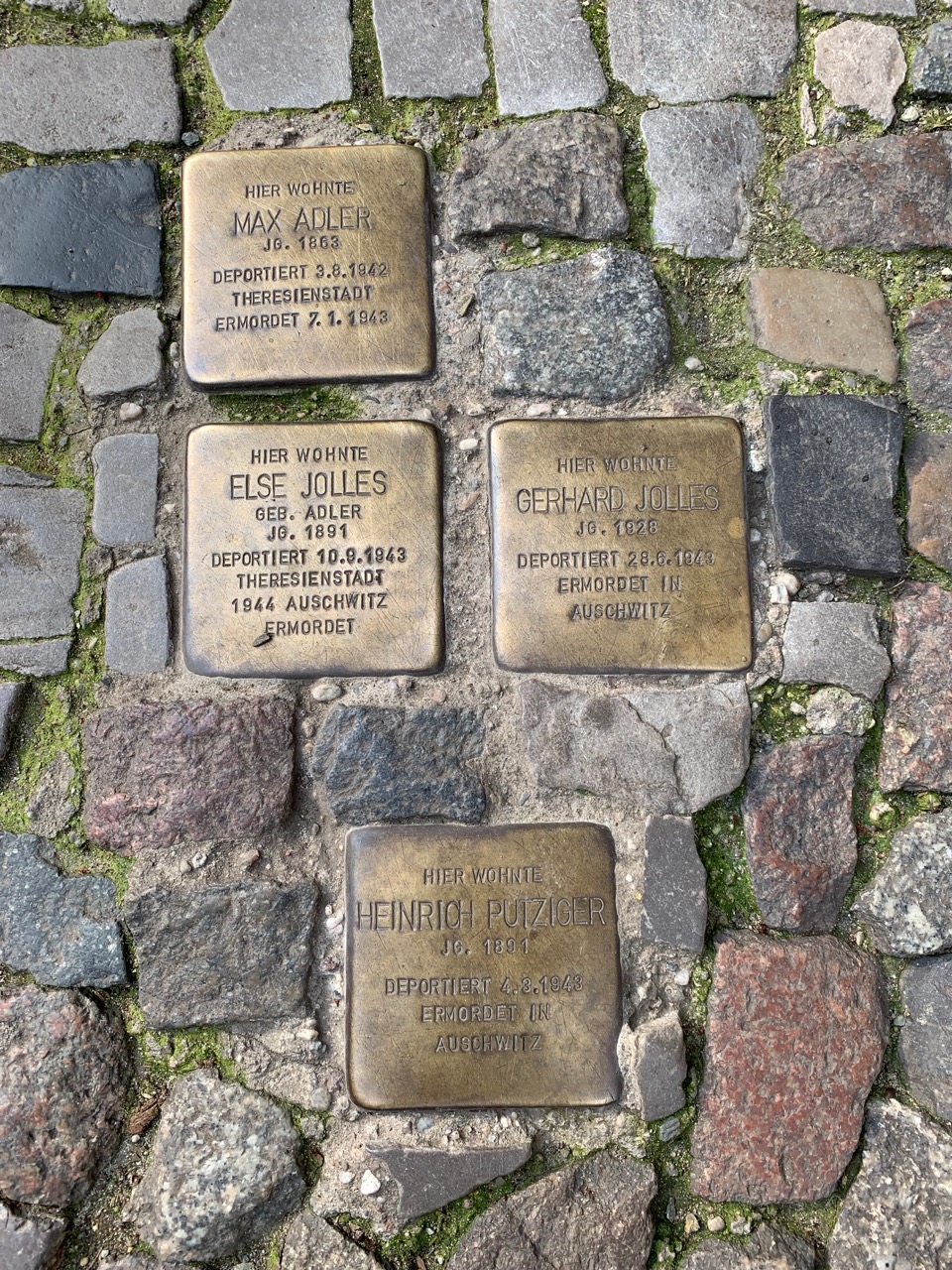
On our second day in Berlin we decided to visit the Memorial to the Murdered Jews of Europe. The memorial starts simple, small, and unimposing, with simple concrete slabs slightly protruding from the ground like benches. There’s another Stolperstein-like cobble nearby that starts a virtual concert on your phone to listen to as your enter the memorial.
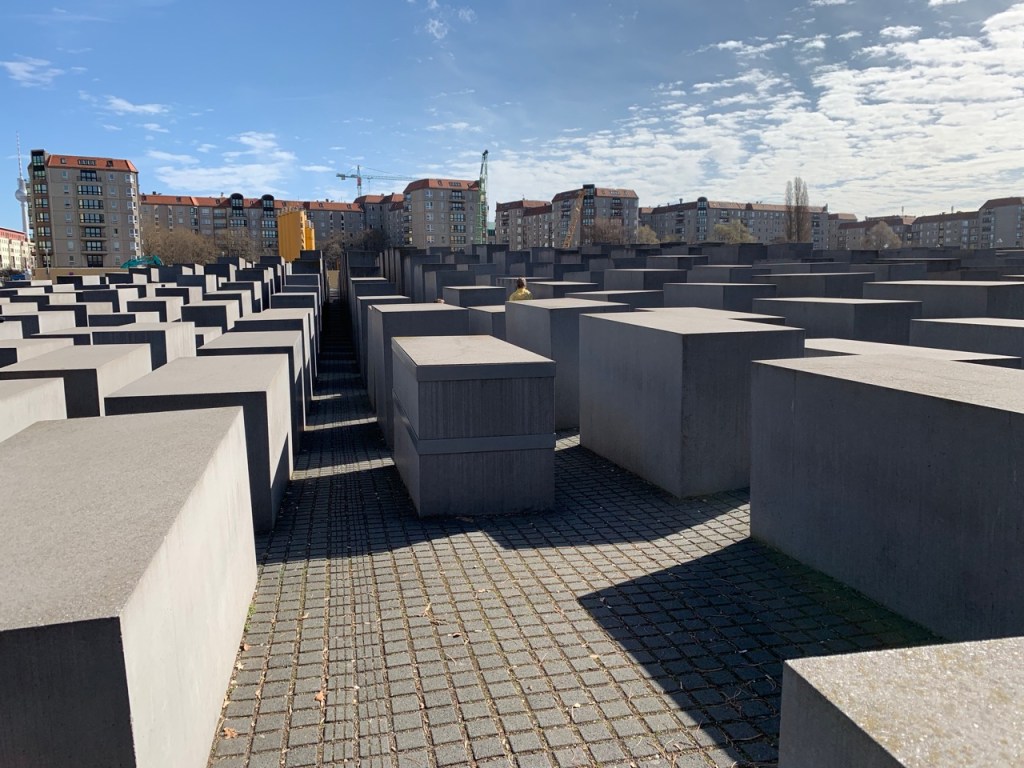


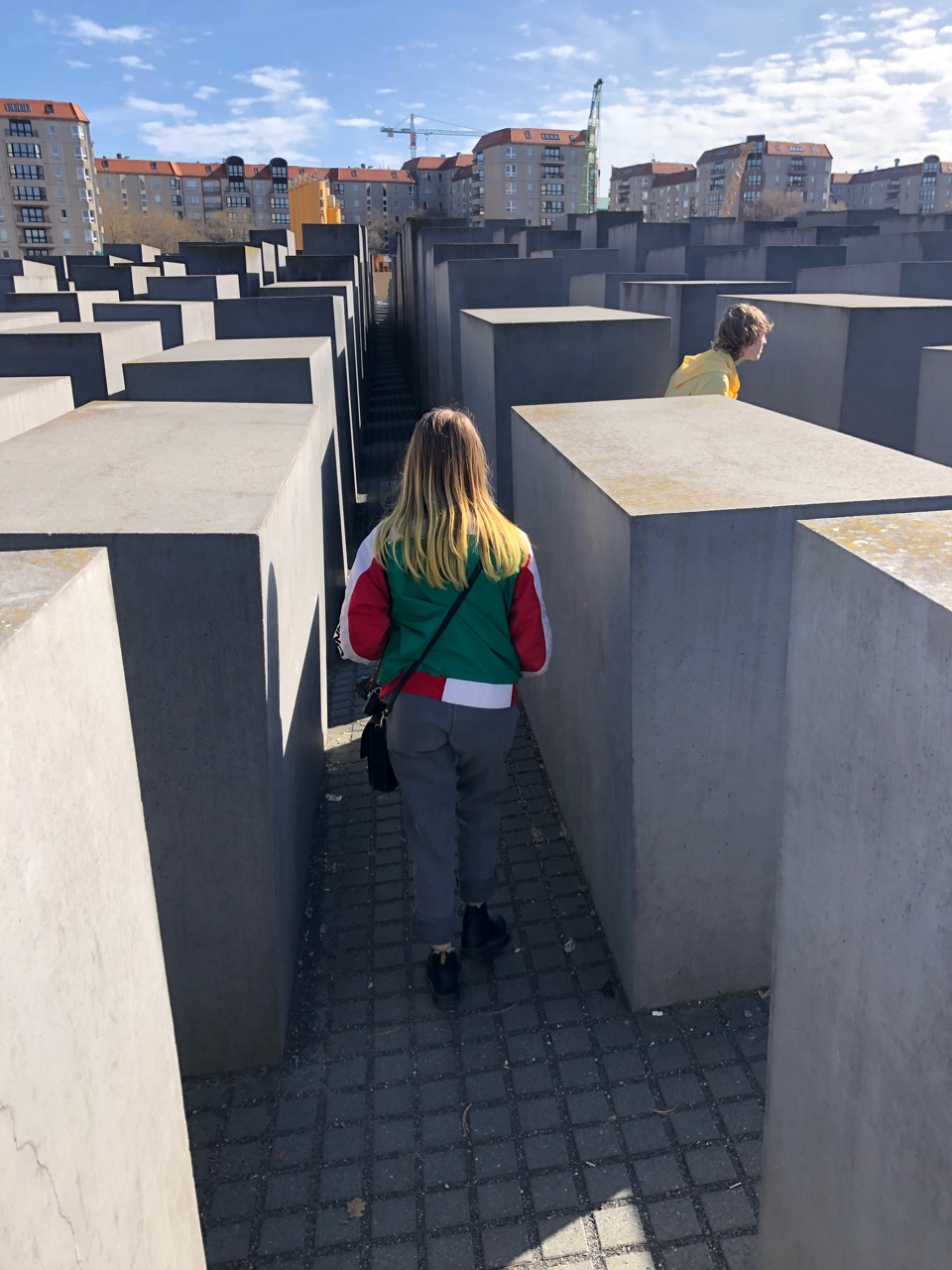
As I moved forward into the memorial it struck me how quickly I was engulfed and overwhelmed by the columns which towered over me. It seemed a warning to how quickly something innocuous could become something sinister. And how, like a maze, it can be hard to find your way out.
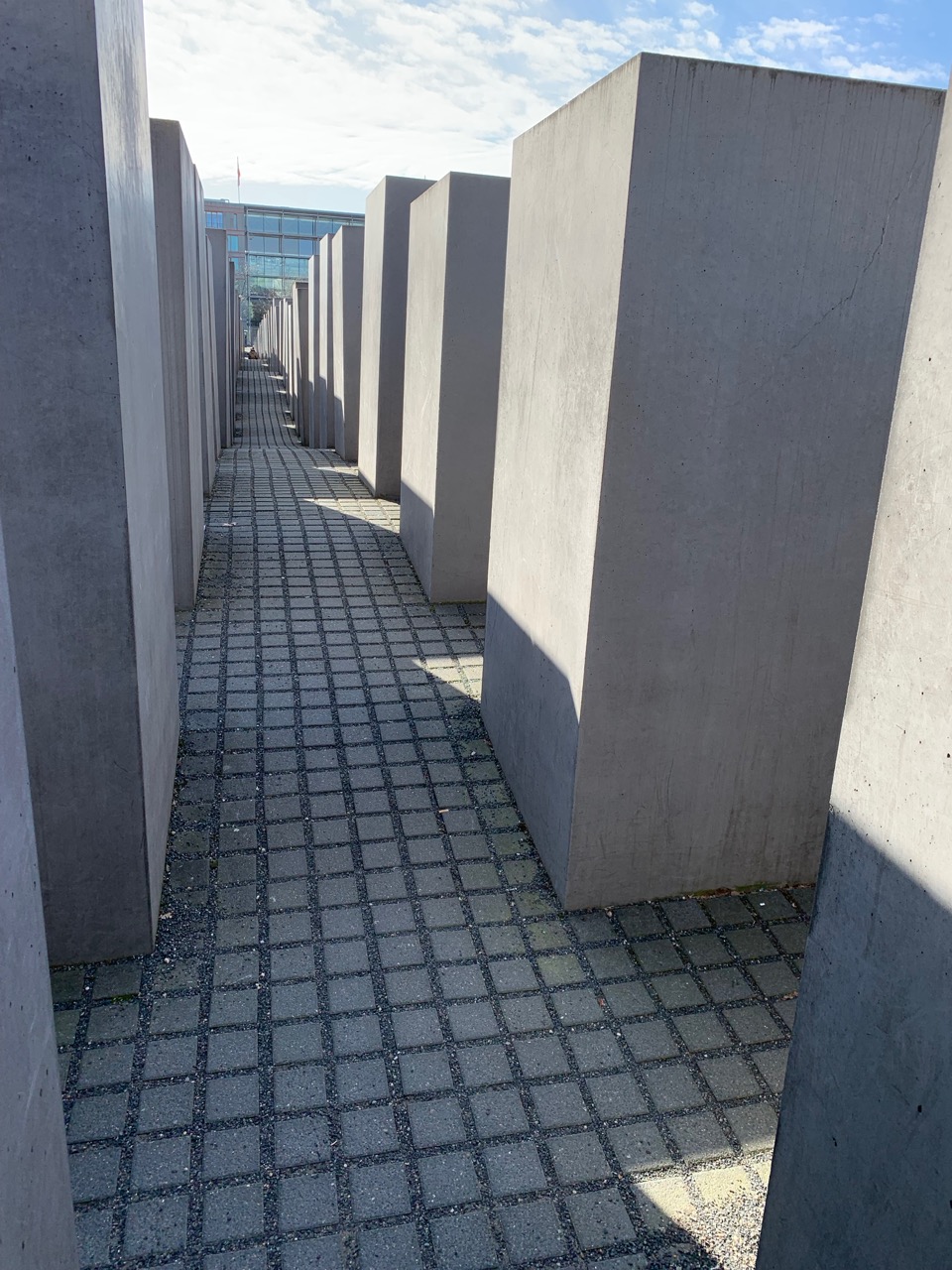

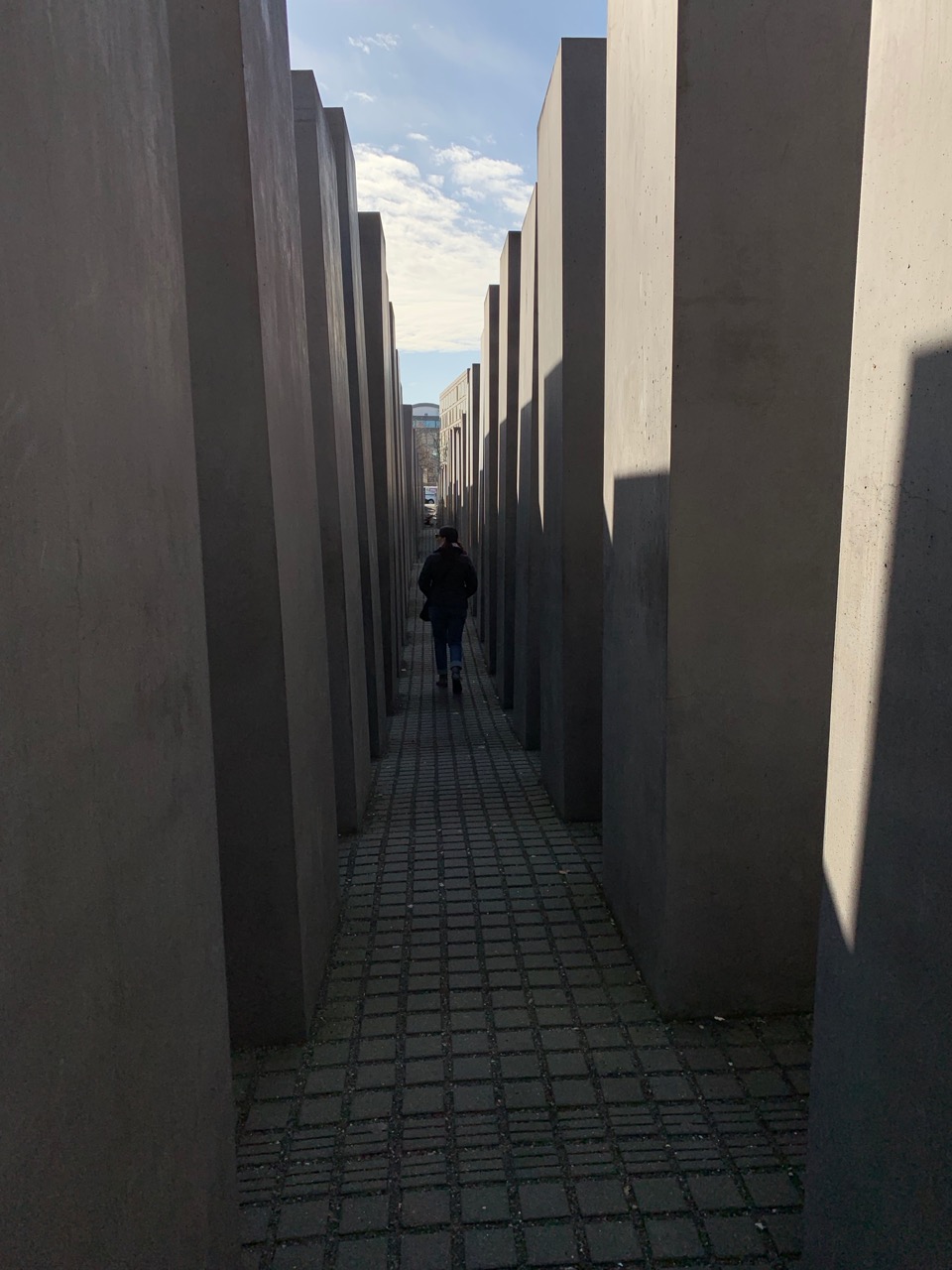

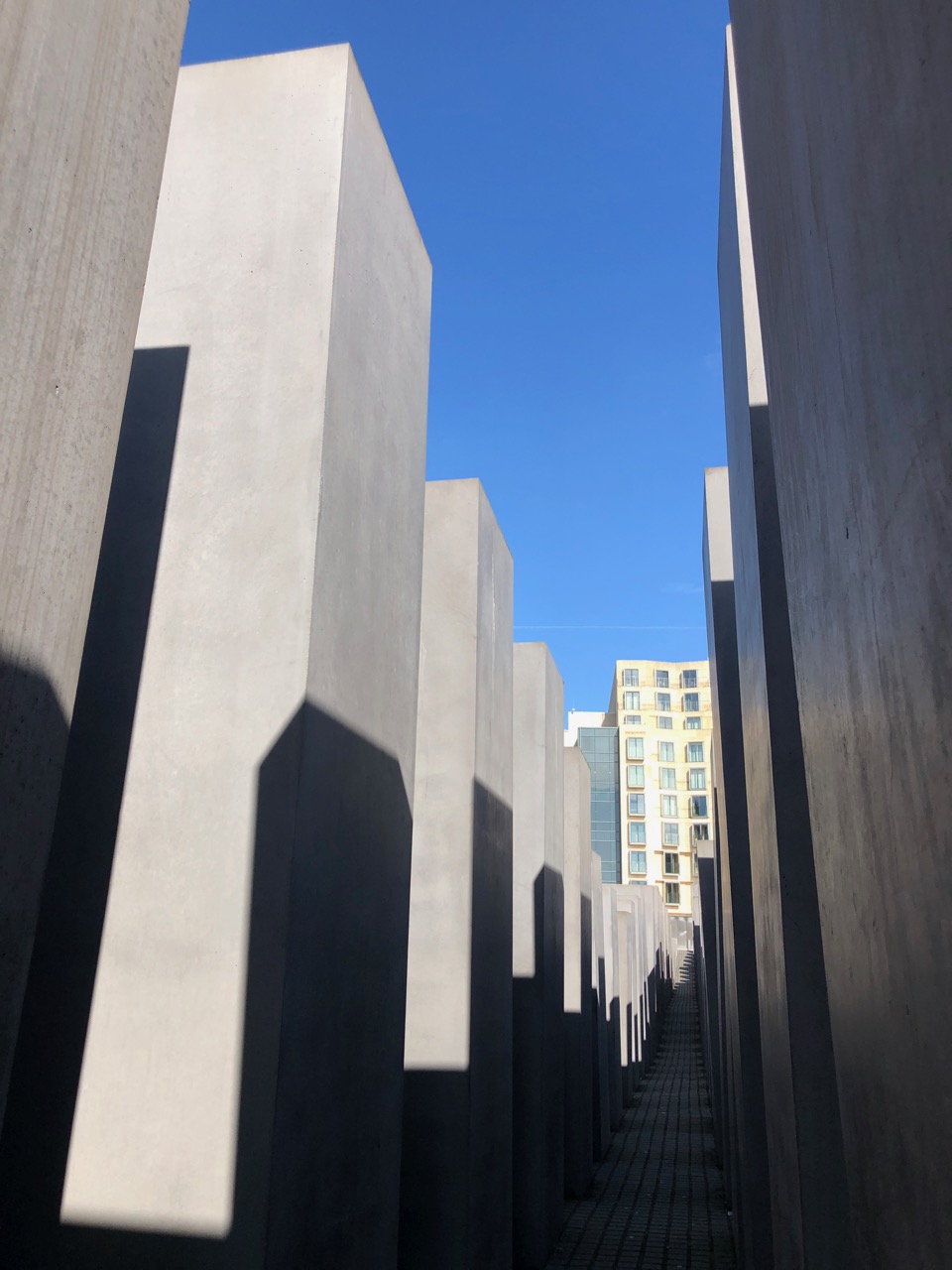

The tall columns extended down into the earth and were revealed in a visitor center and museum below the memorial. It was like going underground into a crypt where placards detailed the historical progression of the rise of Nazi Germany and the events that led to the Holocaust. The most poignant and heart wrenching experience were the last words of the murdered printed in panels on the floor speaking to you from beyond the grave…


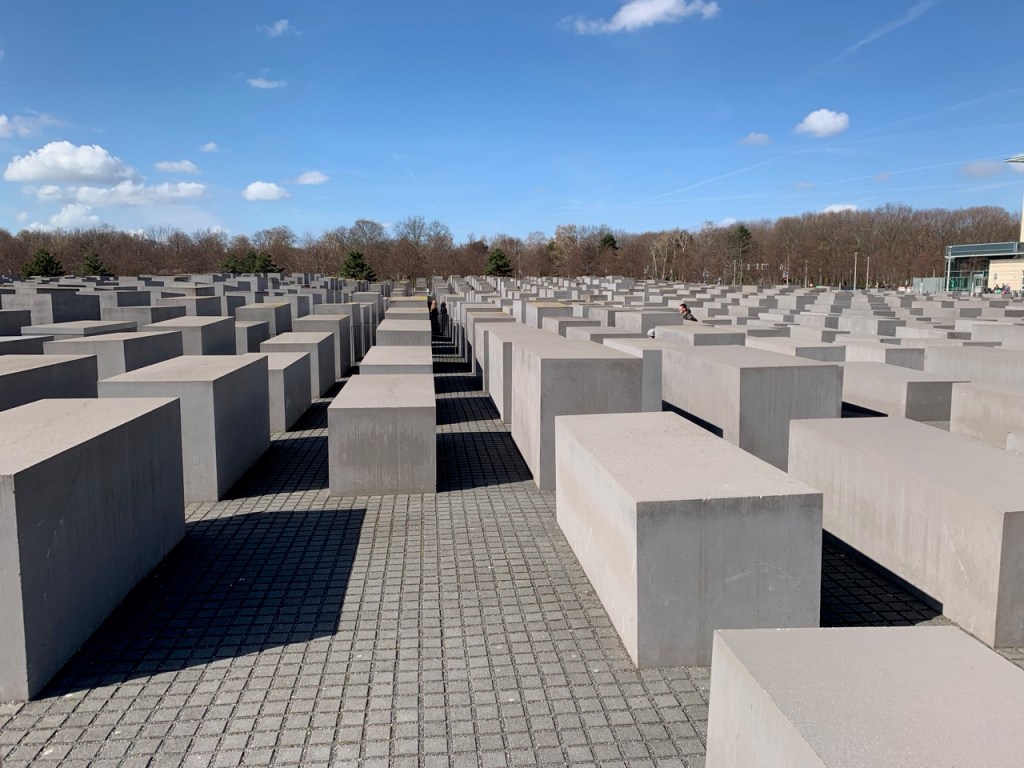
On our third day in Berlin we went to the Topography of Terror Museum. Housed on the site of the State Secret Police (Gestapo), SS, and Reich Security offices, the museum is a vast and meticulous archive of the rise and fall of the Nazi regime with a focus the organized and institutionalized propaganda and terrorist methodologies they used to gain and retain power. It asks the central question which seems just as relevant today in the era of Trump: “How did National Socialism, which in retrospect was such an obviously deceitful, megalomaniacal, and criminal undertaking, succeed in attaining such a high degree of acceptance in Germany? Hitler, the Nazi Party Gauleiters, a majority of ministers, state secretaries, and advisors acted as classic populists attuned to shifting moods. They bought public approval or at least indifference anew every day. By giving and taking away, they built a dictatorship of consent with consistent majority appeal.” Götz Aly, Historian, 2005.
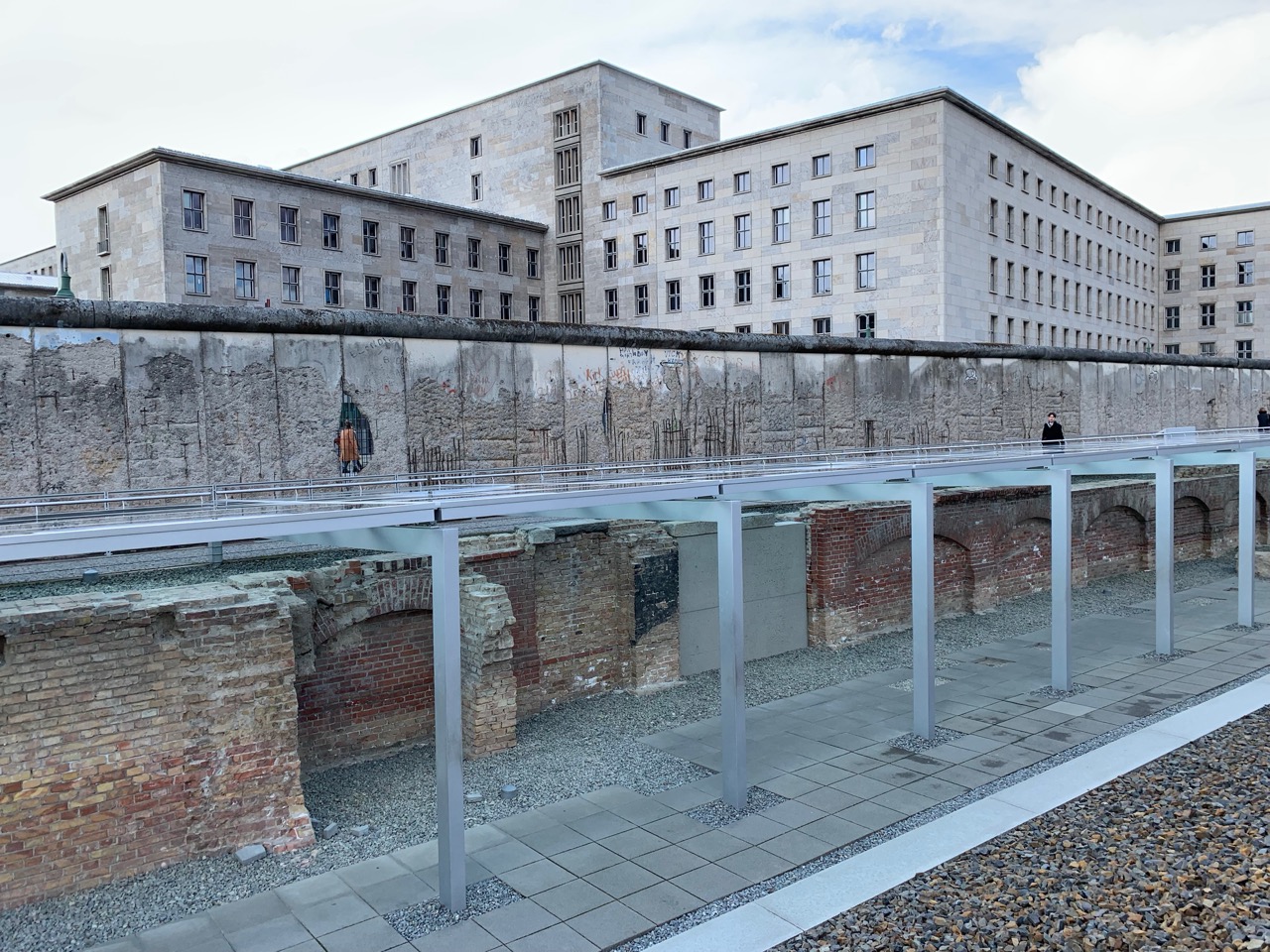
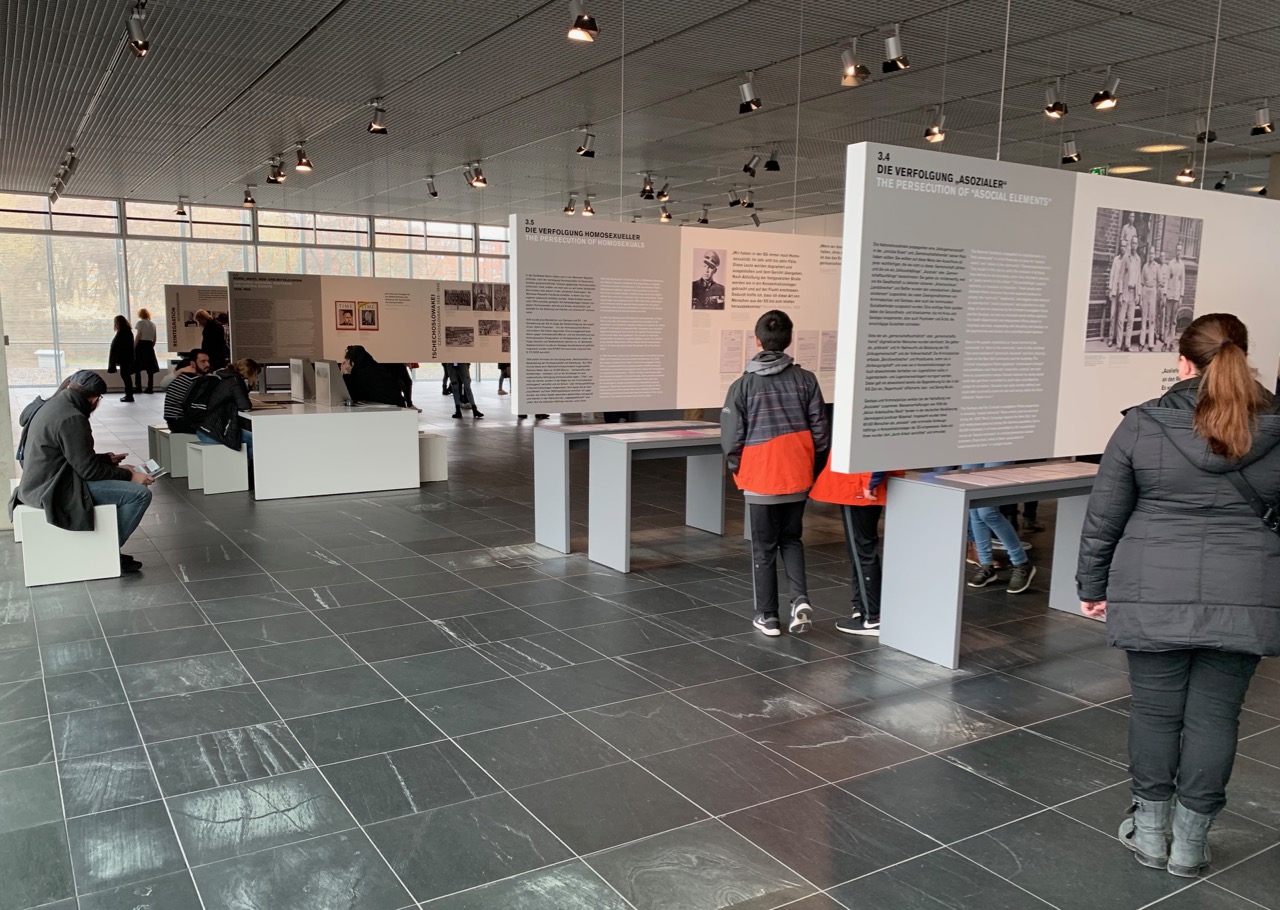


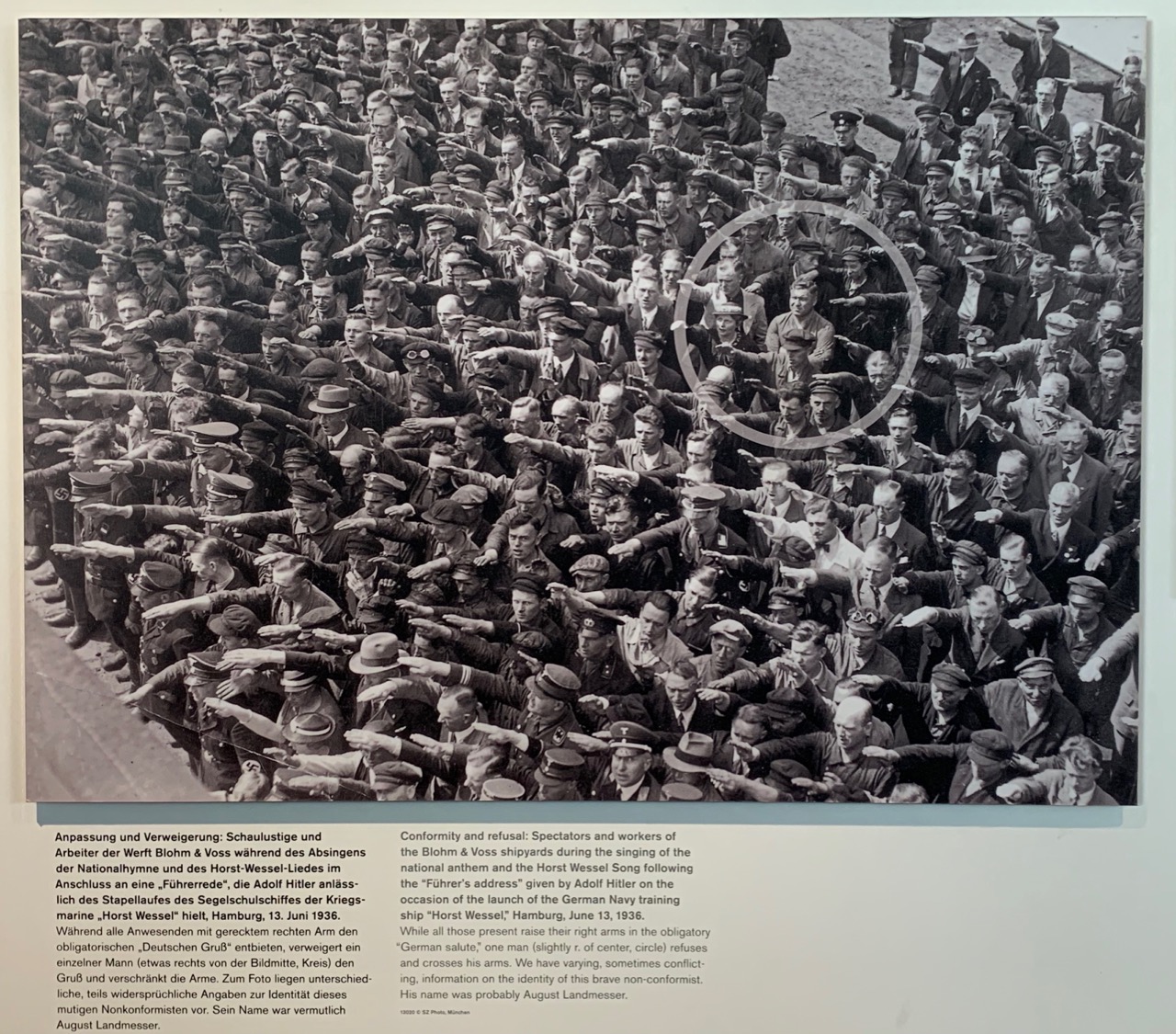
After spending several hours walking our way from historical placard to historical placard tracing the depressing arc of Nazi evil, we finally learned the fate of the many perpetrators of Nazi terror and the Holocaust. It was depressing to learn that of the tens of thousands of Nazis involved in the murder of millions, only a handful were ever held accountable.
Both the Memorial to the Murdered Jews of Europe and the Topography of Terror museum had ample of documentation and ominous allusions to horrors of Auschwitz and Birkenau – our next holocaust experience.
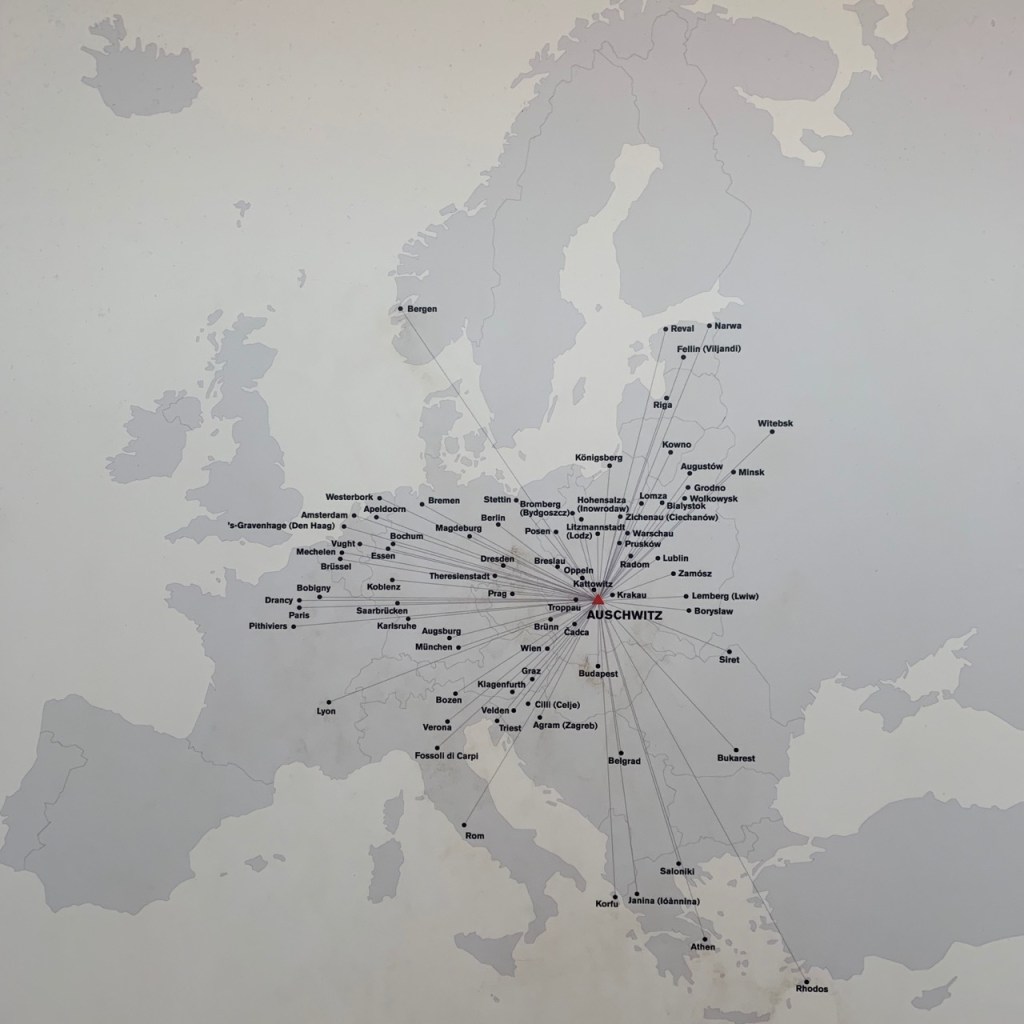
Krakow, Poland: Our day started early, where dawn met drizzle. It was an appropriately damp and somber setting for seeing Auschwitz and Birkenau. We had booked ourselves into a small tour (~20 people) and set out on the hour and a half drive from Kraków to Auschwitz bracing ourselves for what would prove to be a harrowing and spirit-crushing tour of the brutality and atrocities of the most notorious of Nazi extermination camps.
From March 1942 on until the end of WWII, trains from all across Europe arrived in Auschwitz-Birkenau where over one million people were murdered by the Nazi’s. By the summer of 1944 the extermination initiative reached its peak. Of those arriving in Auschwitz-Birkenau only a small number were classified as “capable of work”, while the vast majority (women, children, and the elderly) were herded into “changing rooms” and forced to undress before heading to the “delousing showers” where they are gassed to death. The killing reached 10,000 people a day with the crematoria operating day and night but still unable to keep up with the bodies. Jewish prisoners were forced to burn the bodies of their dead in the open. Approximately one million Jewish people, 75,000 Polish prisoners, 21,000 Sinti and Roma, 15,000 Soviets POWs, and 10,000 other prisoners of other nationalities died at Auschwitz-Brikenau complex alone.
We went to Auschwitz first. Originally a Polish military base, it had been converted by the occupying Nazis into a death camp. You start your tour by walking past double barbed wire fences and and under the banner “Arbeit Macht Frei” (“Work Sets You Free”).
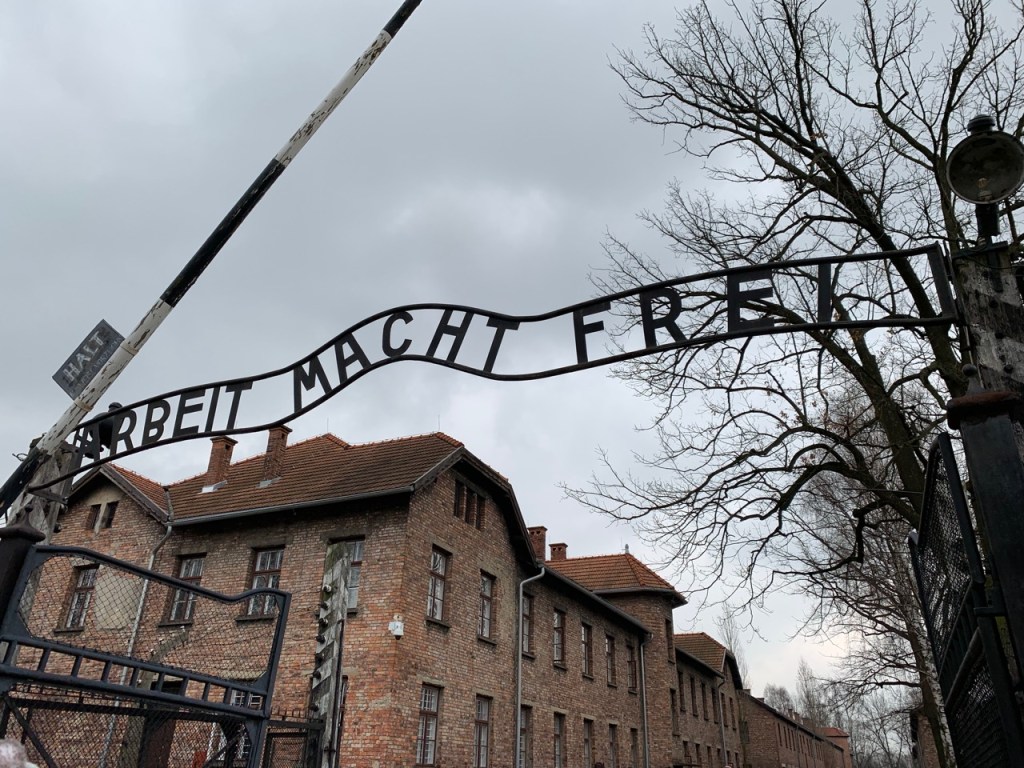
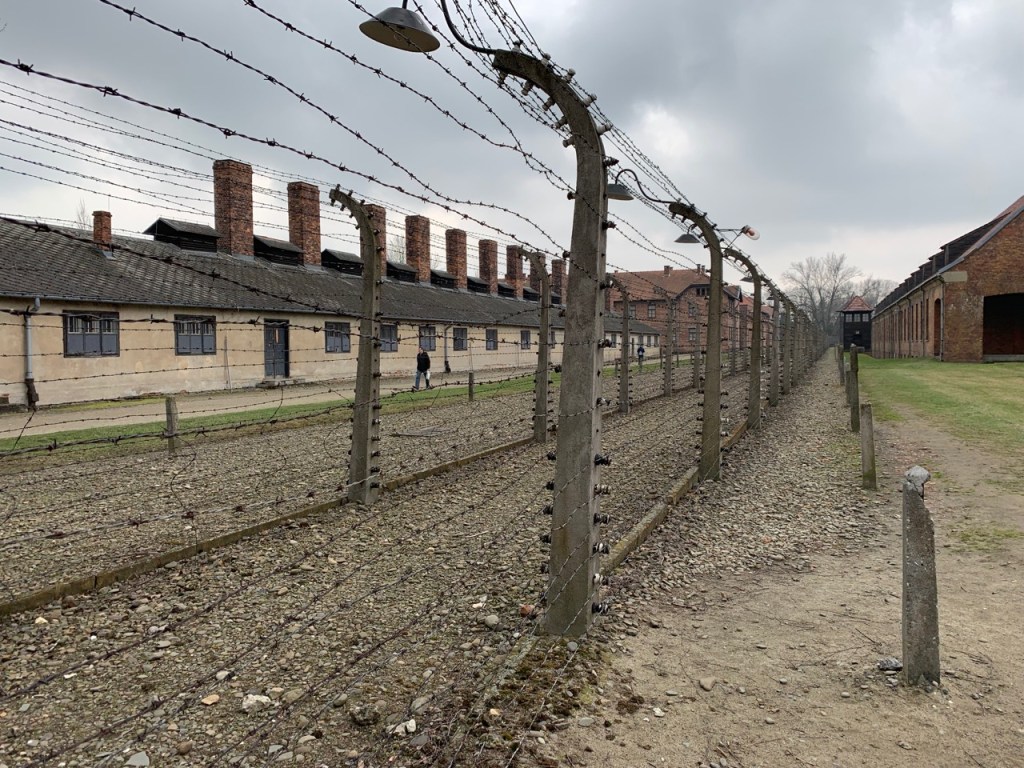
You are then brought into a small museum to see some of the belongings left behind by the Jewish people who died here. Jewish people were told they were being relocated and to pack their bags. This ruse served two purposes: 1) It gave people hope and kept the panic down as they believed they were just being resettled. 2) It brought valuables (clothing (often lined with precious stones), silverware, brushes, glasses, and other belongings) which were repurposed (along with gold from the fillings of the dead) to support the German war effort.
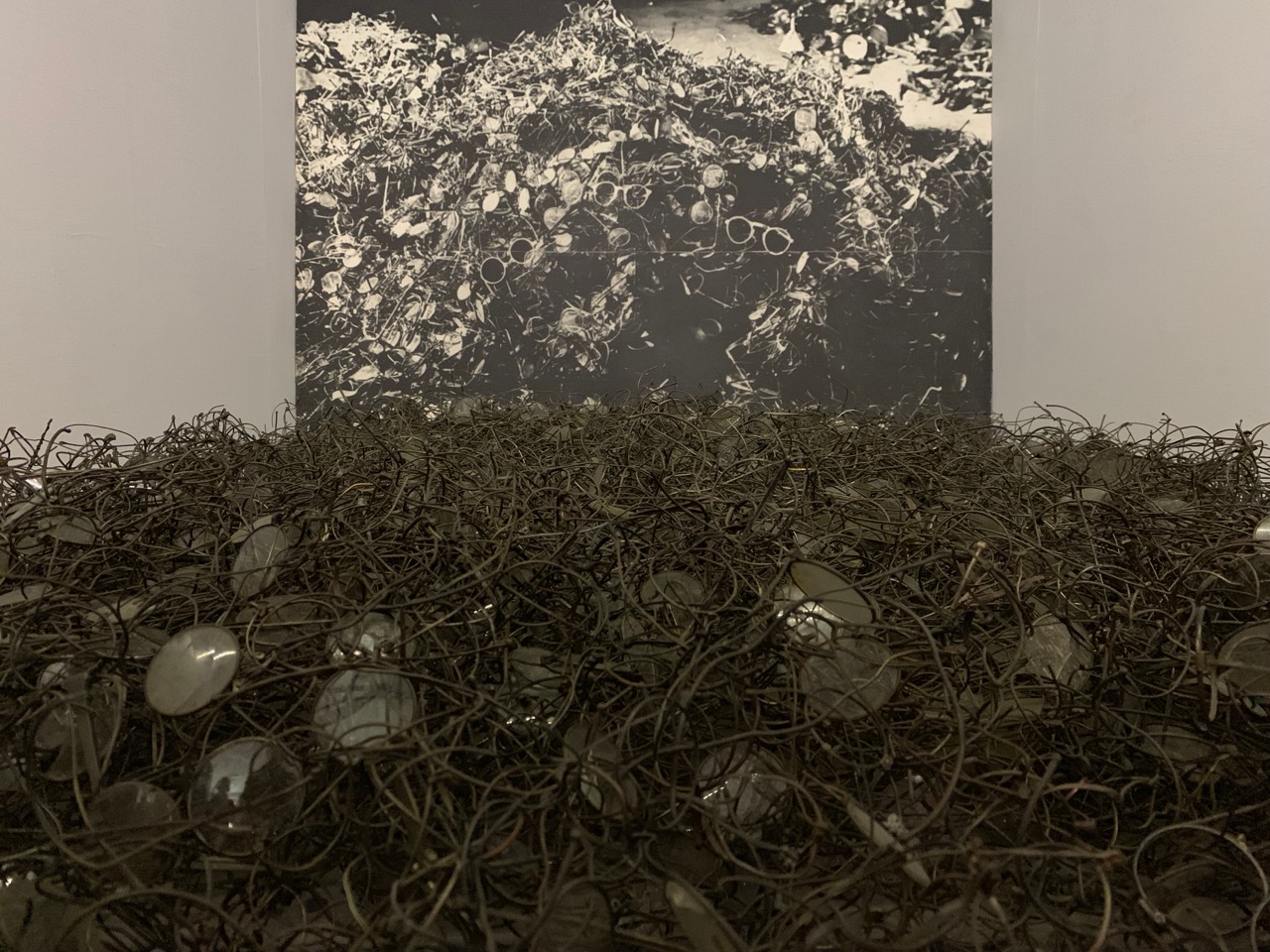
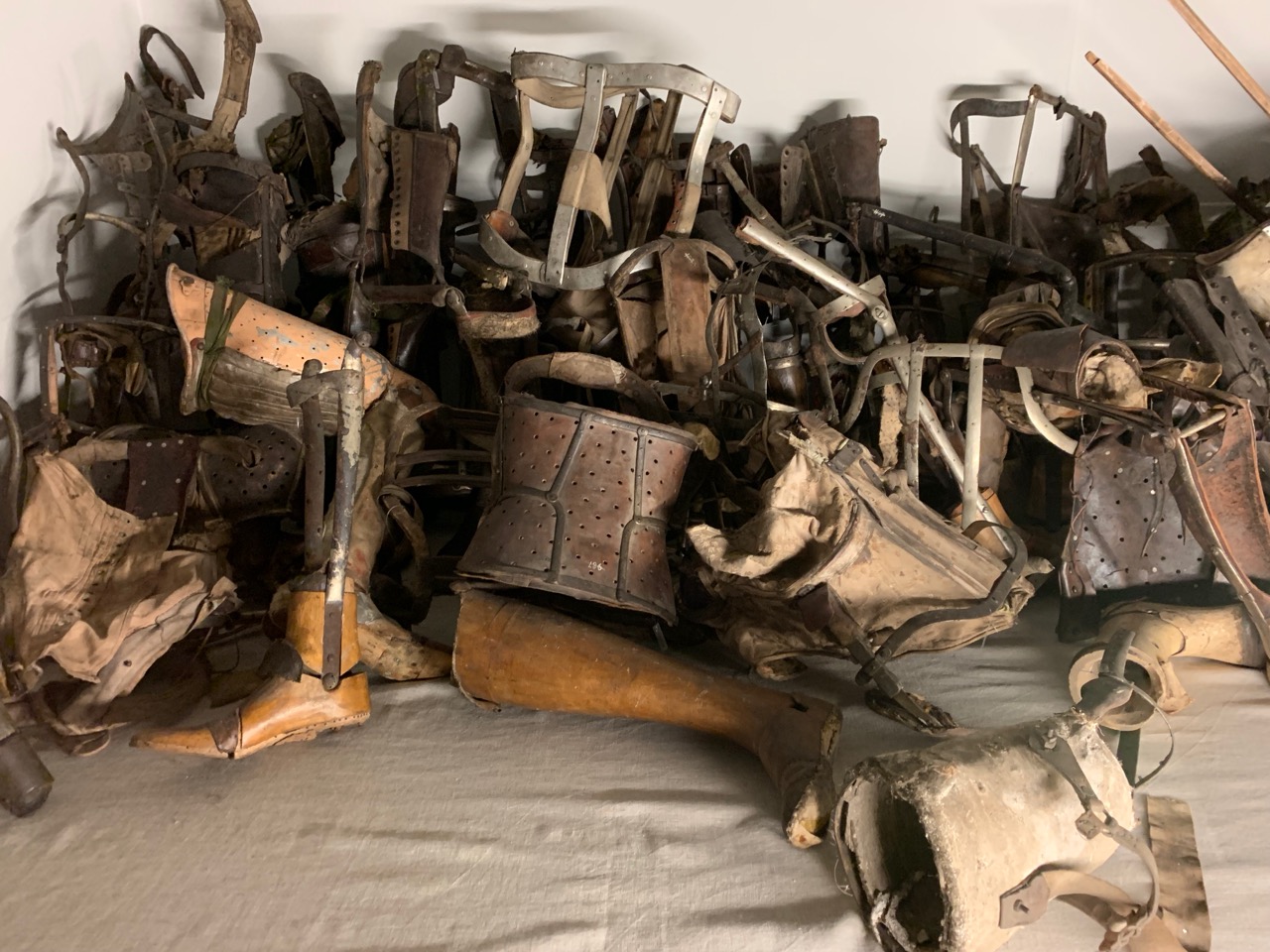

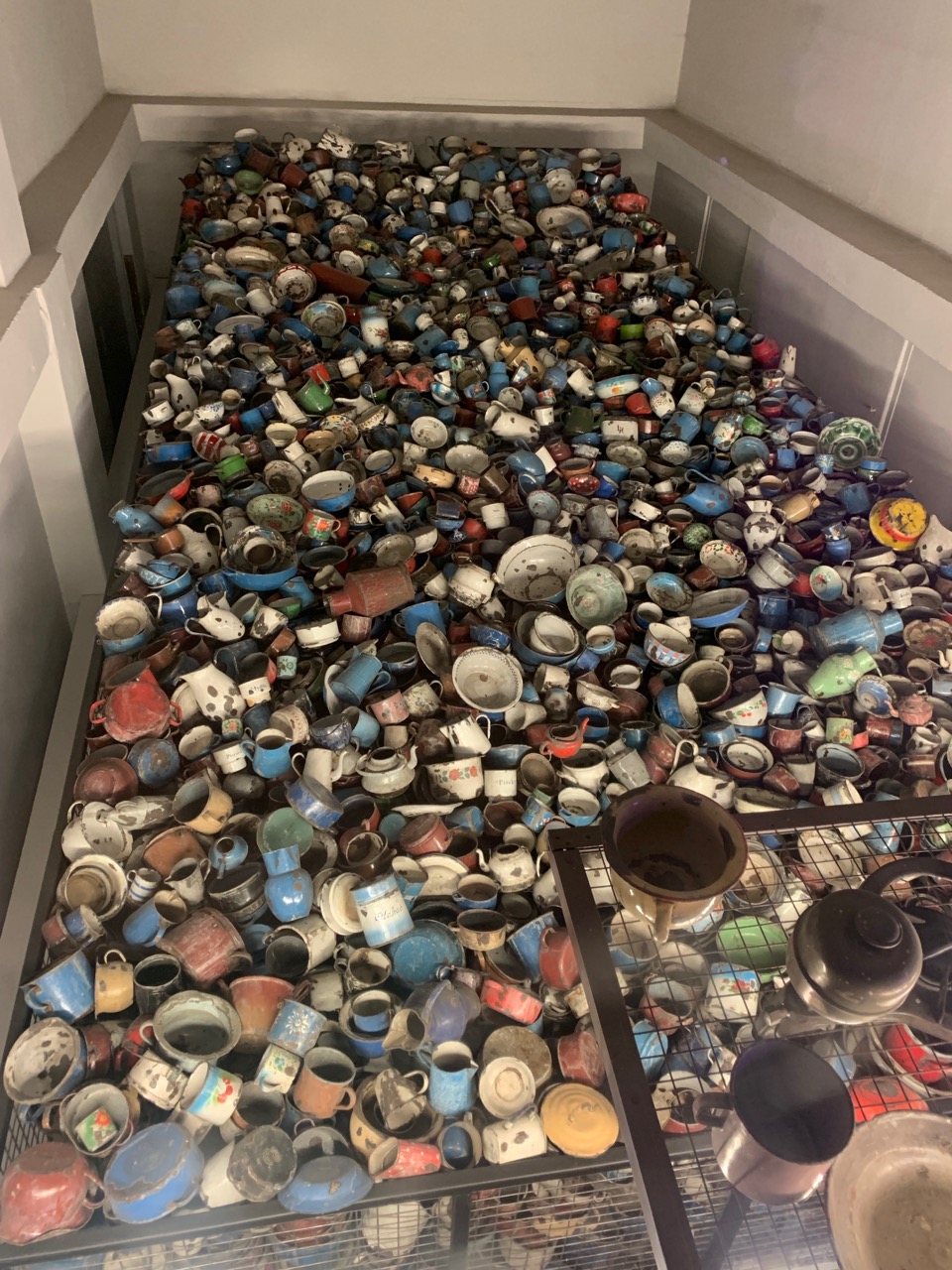



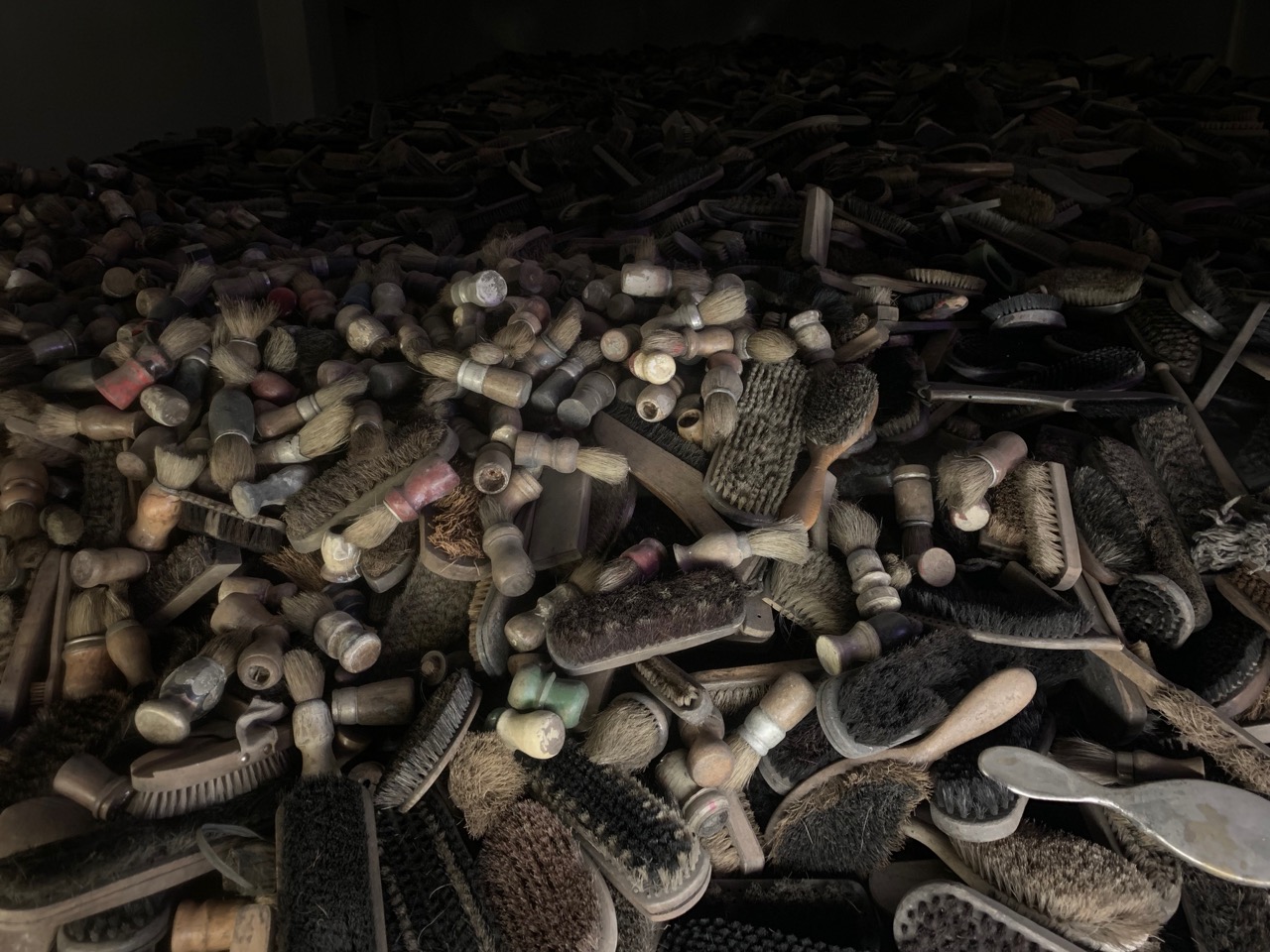
The Nazis also shaved everybody’s hair. We were invited into a room to see a massive display of hair that had been found in bales. We were not allowed to take photographs out of respect for the dead. This hair was used by the Nazis for all kinds of purposes, such as clothing and insulation.
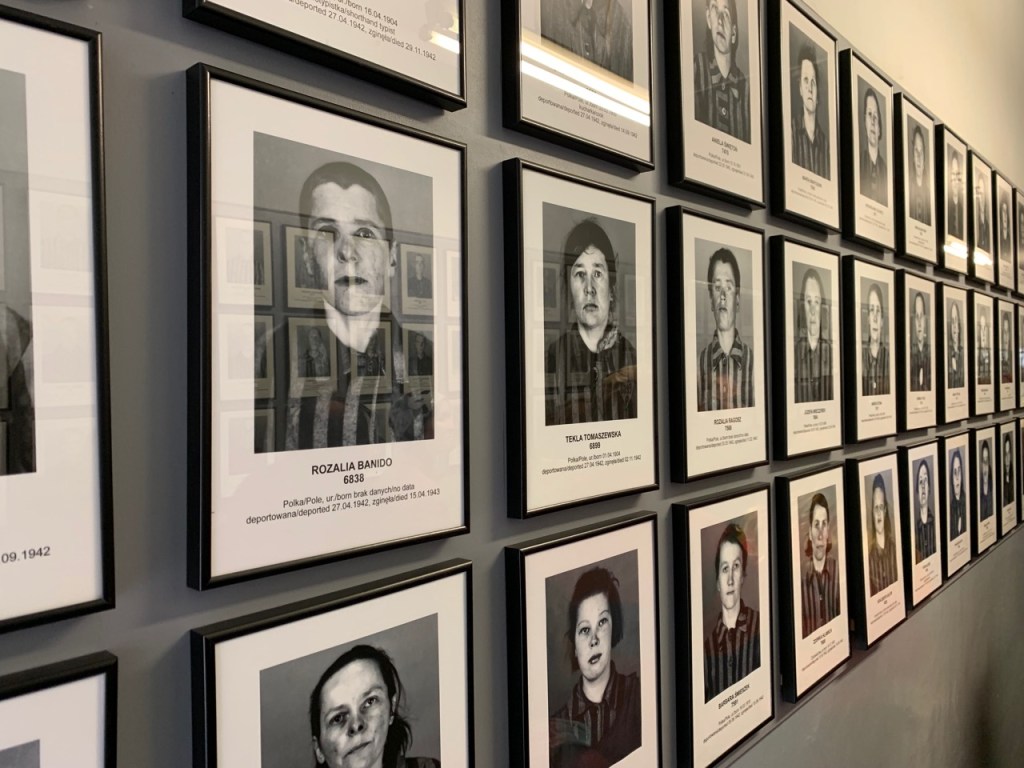

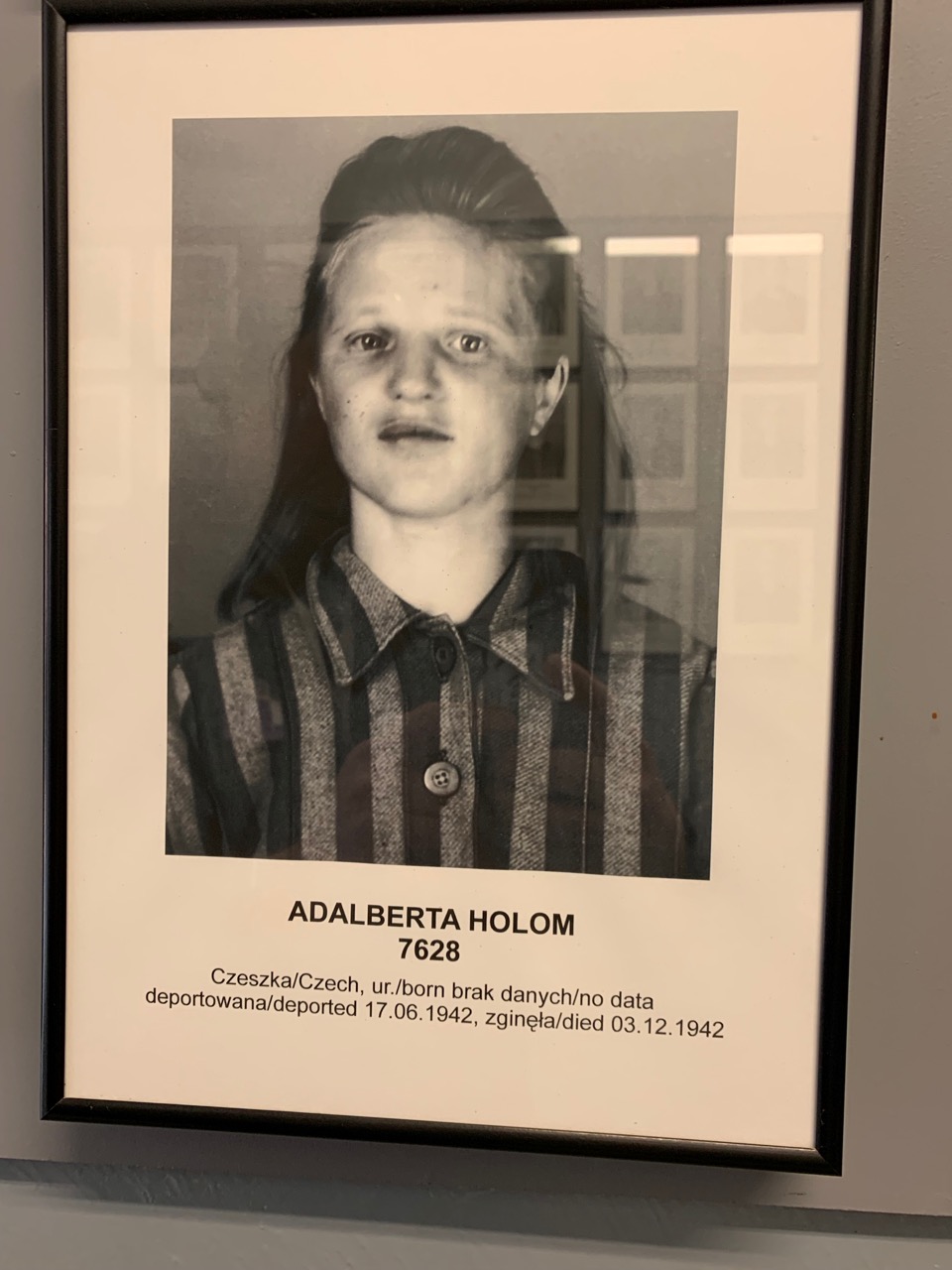
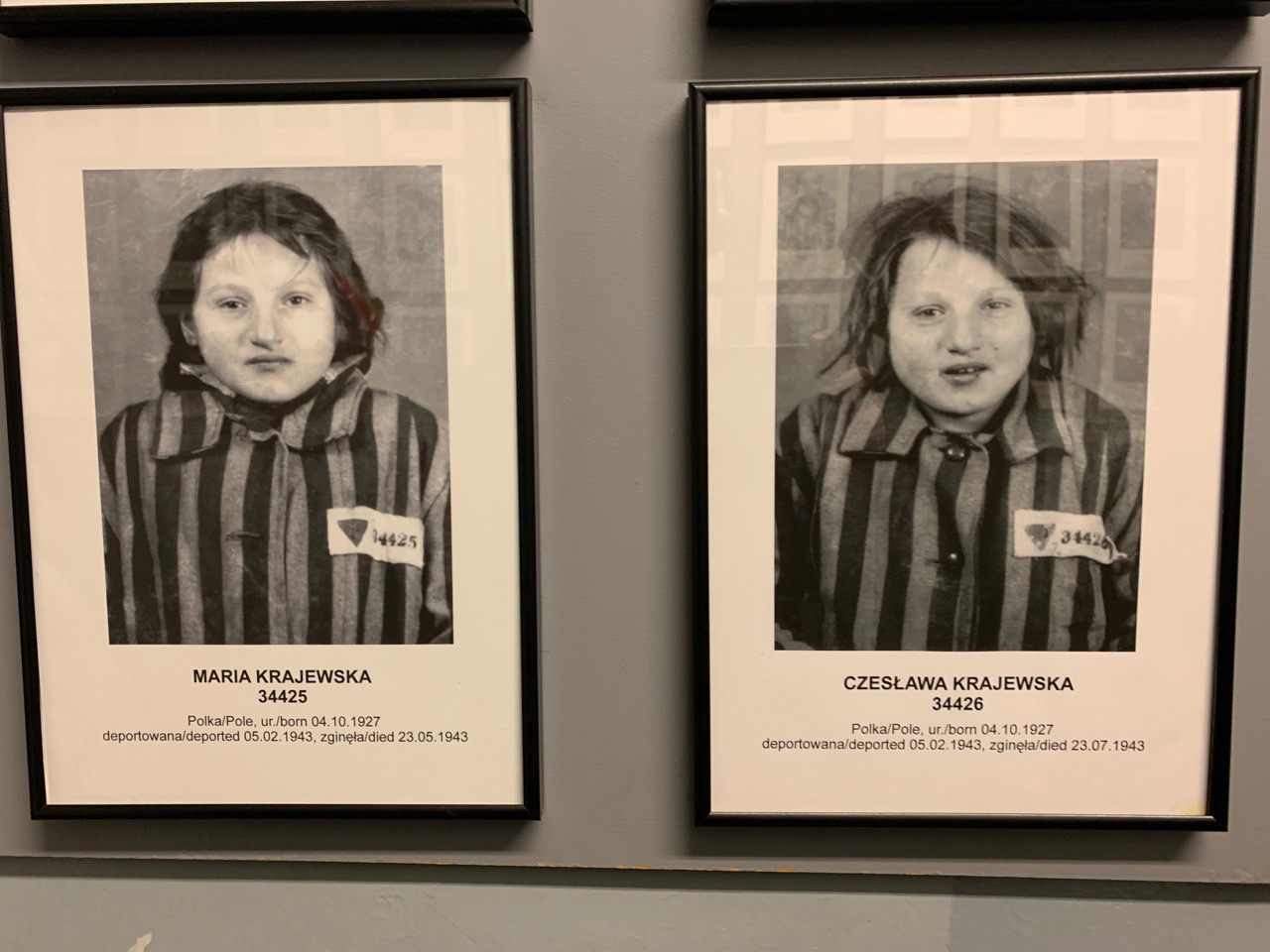
Our tour continued through barrack after barrack, many with walls lined with photos of the victims. Notice the twins. Joseph Mengele‘s obsession with experimenting on twins meant these poor victims received his “special” treatment. We walked through the grounds and through notorious torture cells of Block 11 and past The Black Wall where those kept in Block 11 were executed.

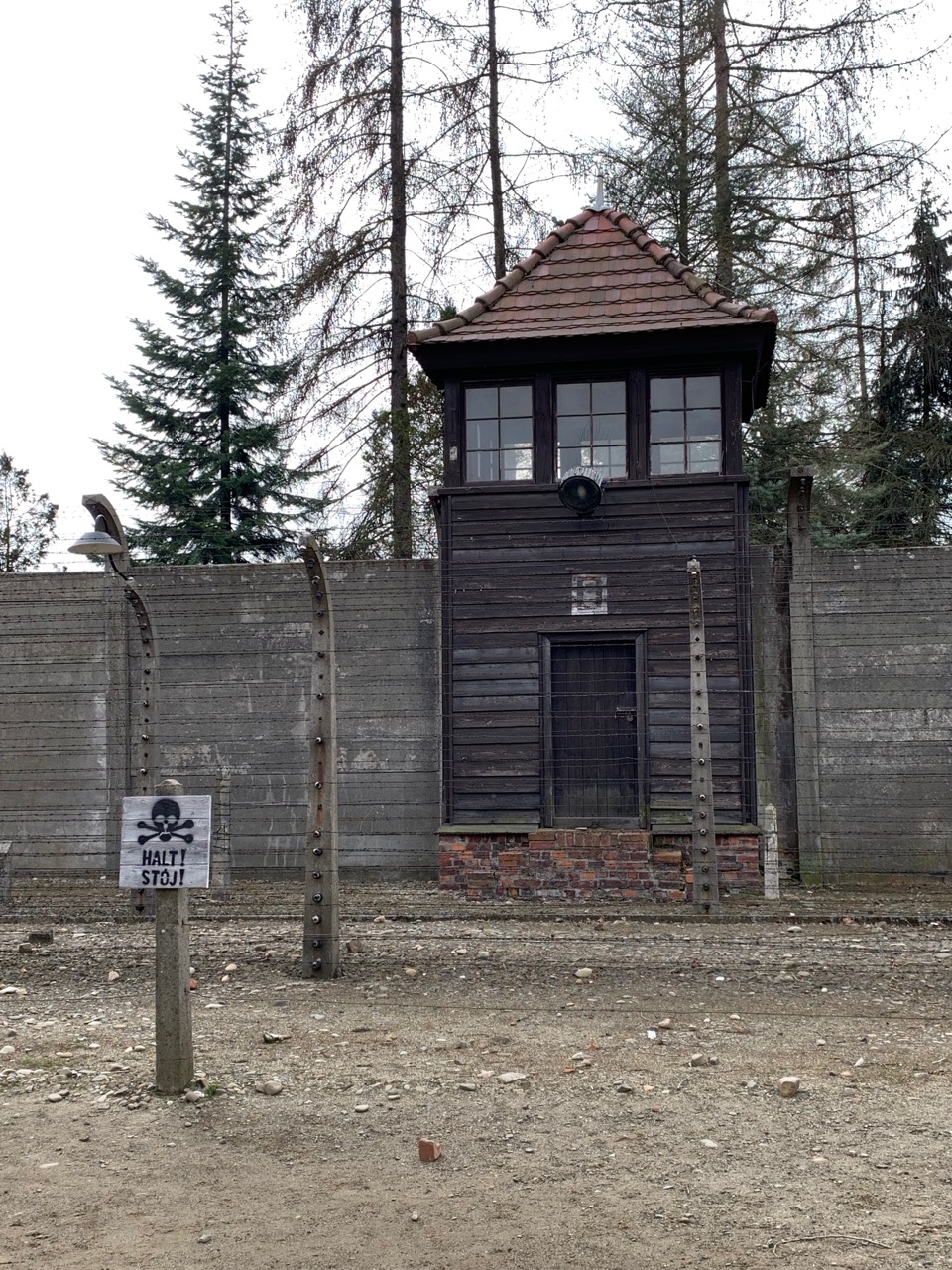




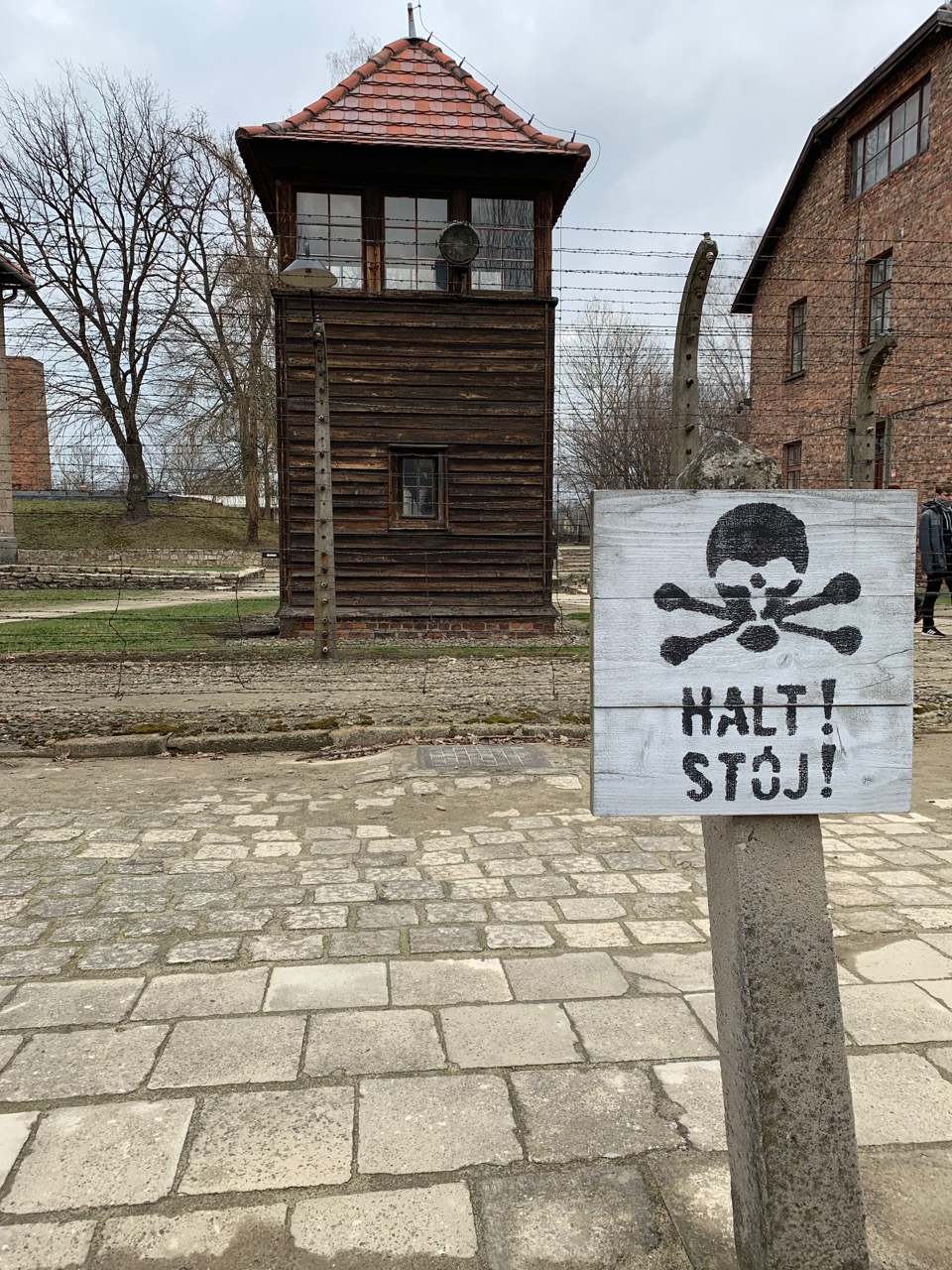
Lastly, we walked through the first gas chamber and crematoria where the Nazis perfected their use of Zyklon B. But the gas chamber here (and the crematorium for burning the dead) was determined to be too small to meet their production goals.
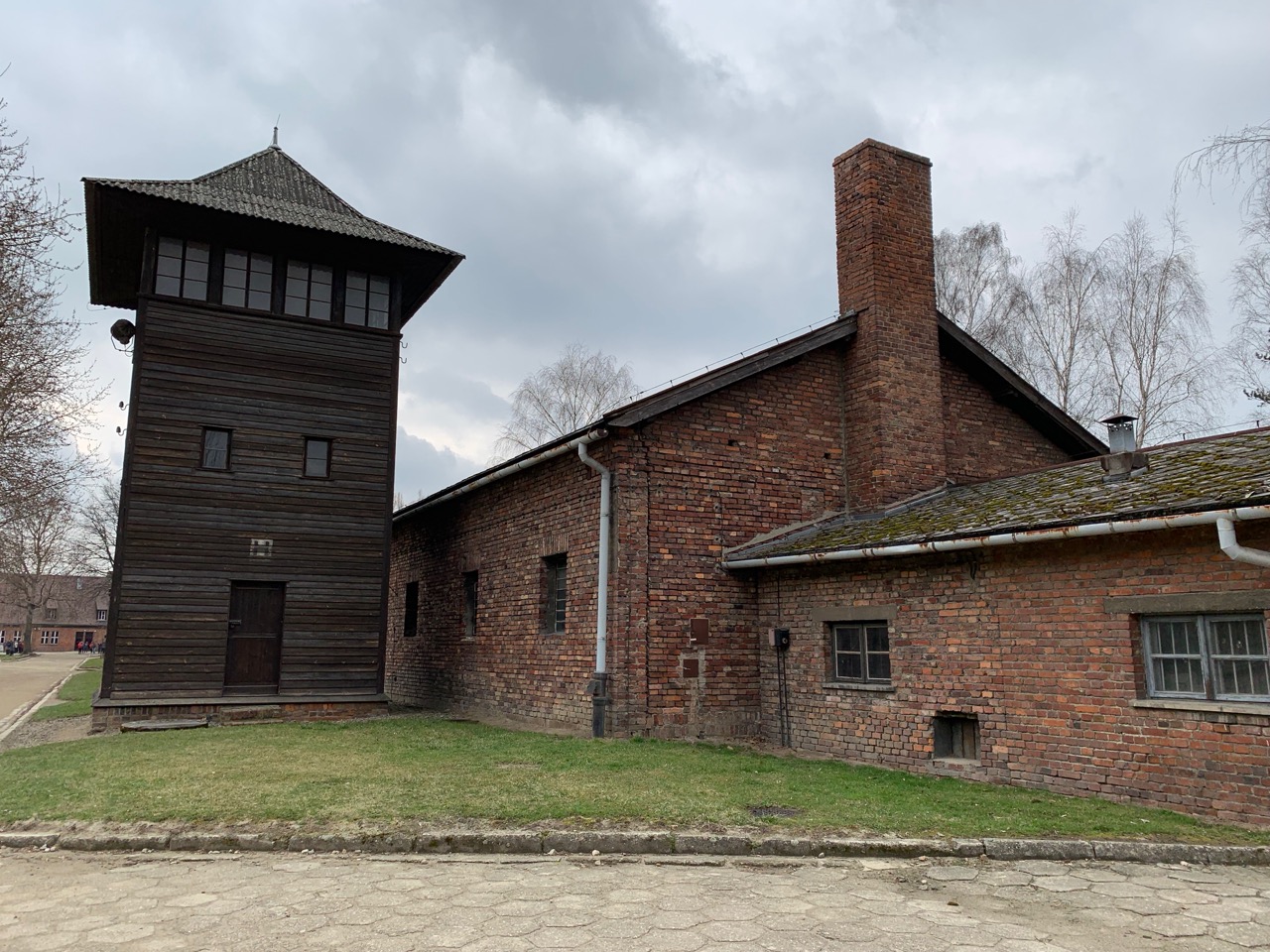
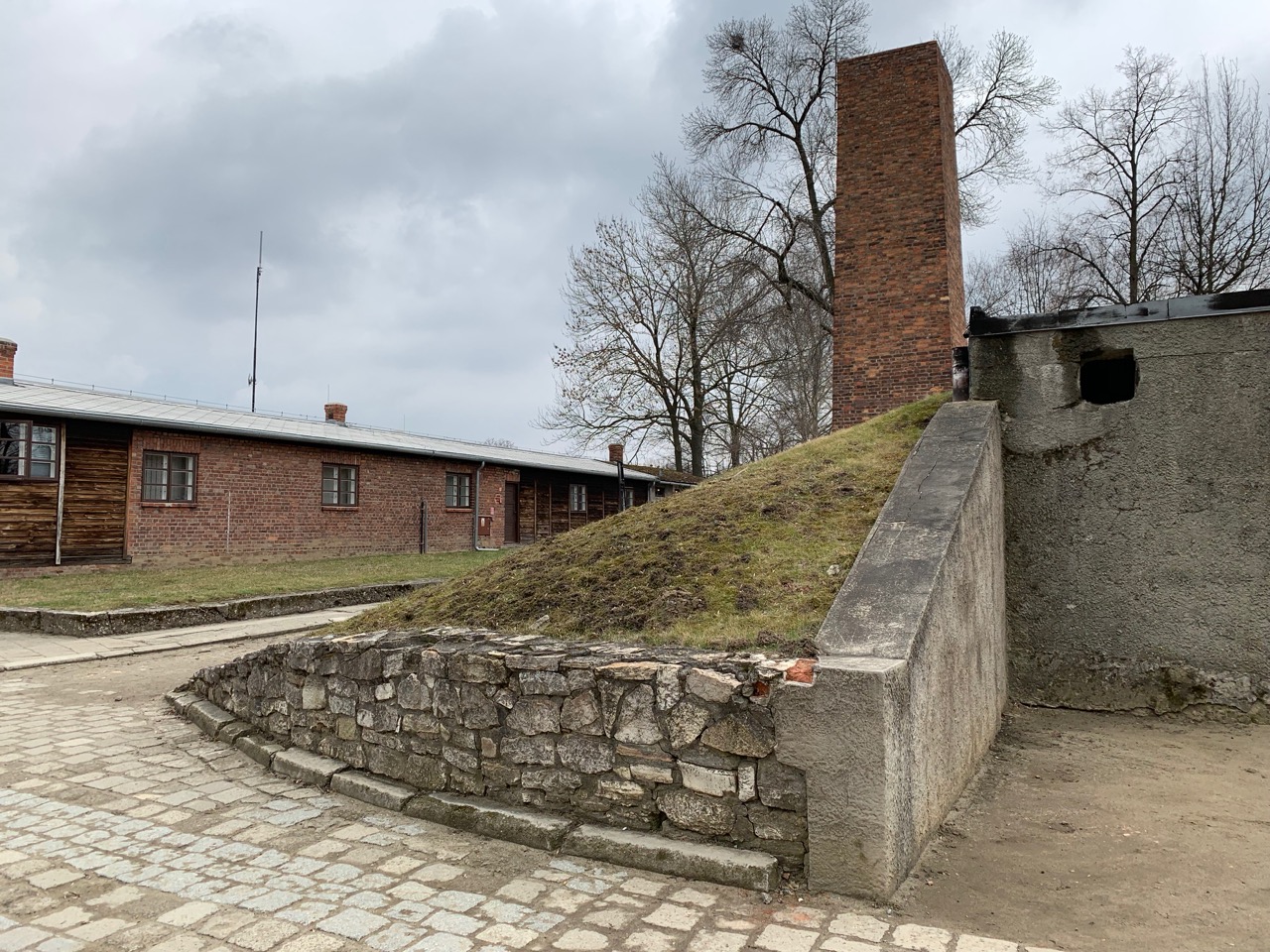
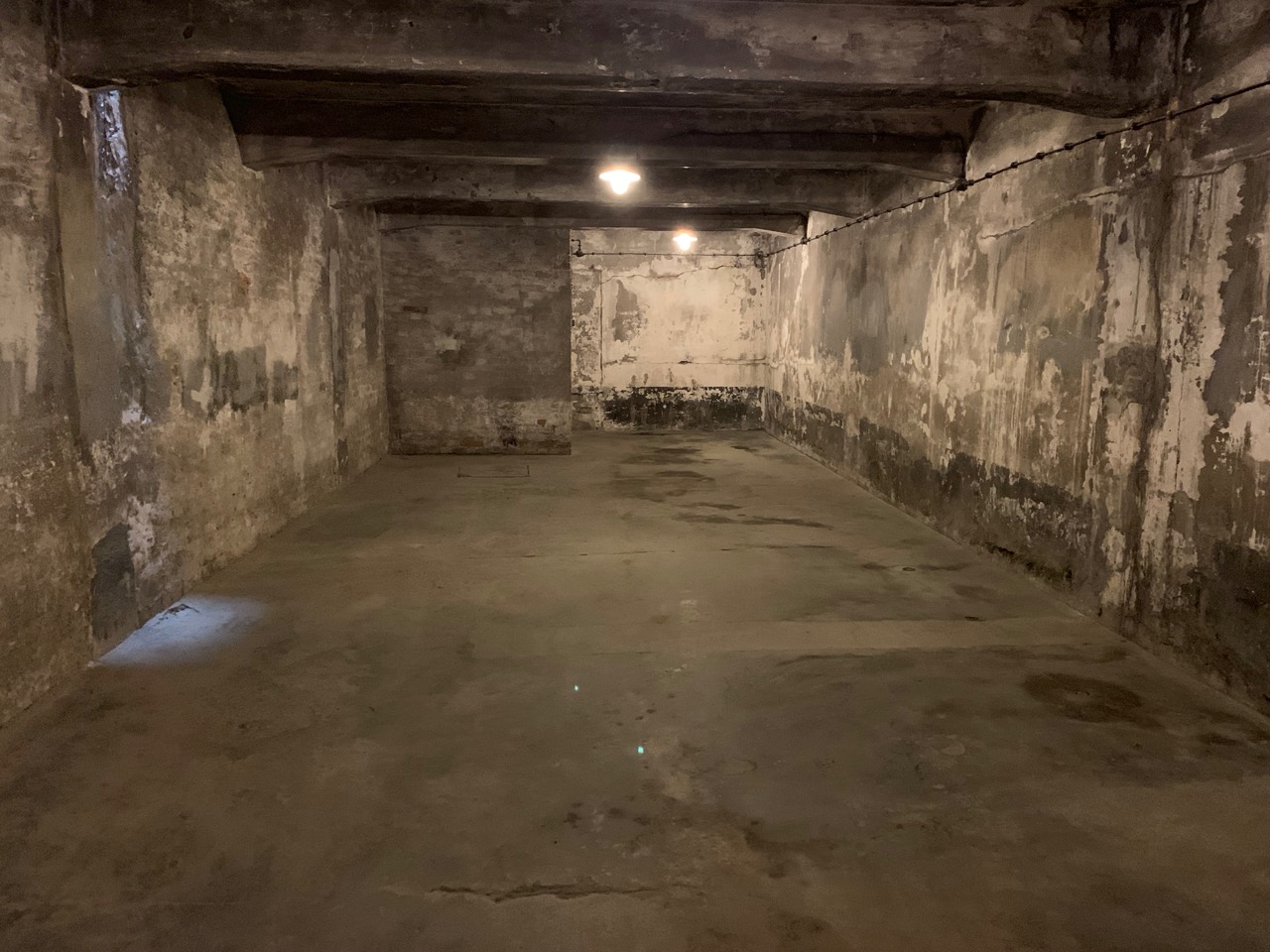

The Nazis realized they couldn’t kill effectively enough at Auschwitz. It was then they began building Birkenau which was only a short bus ride away.
On the way to Birkenau you follow the train tracks. The same tracks hundreds of thousands of Jewish people were herded into before meeting their death. The train tracks go straight through the gates of Birkenau and the tracks end between the barracks and the gas chambers and crematoria.


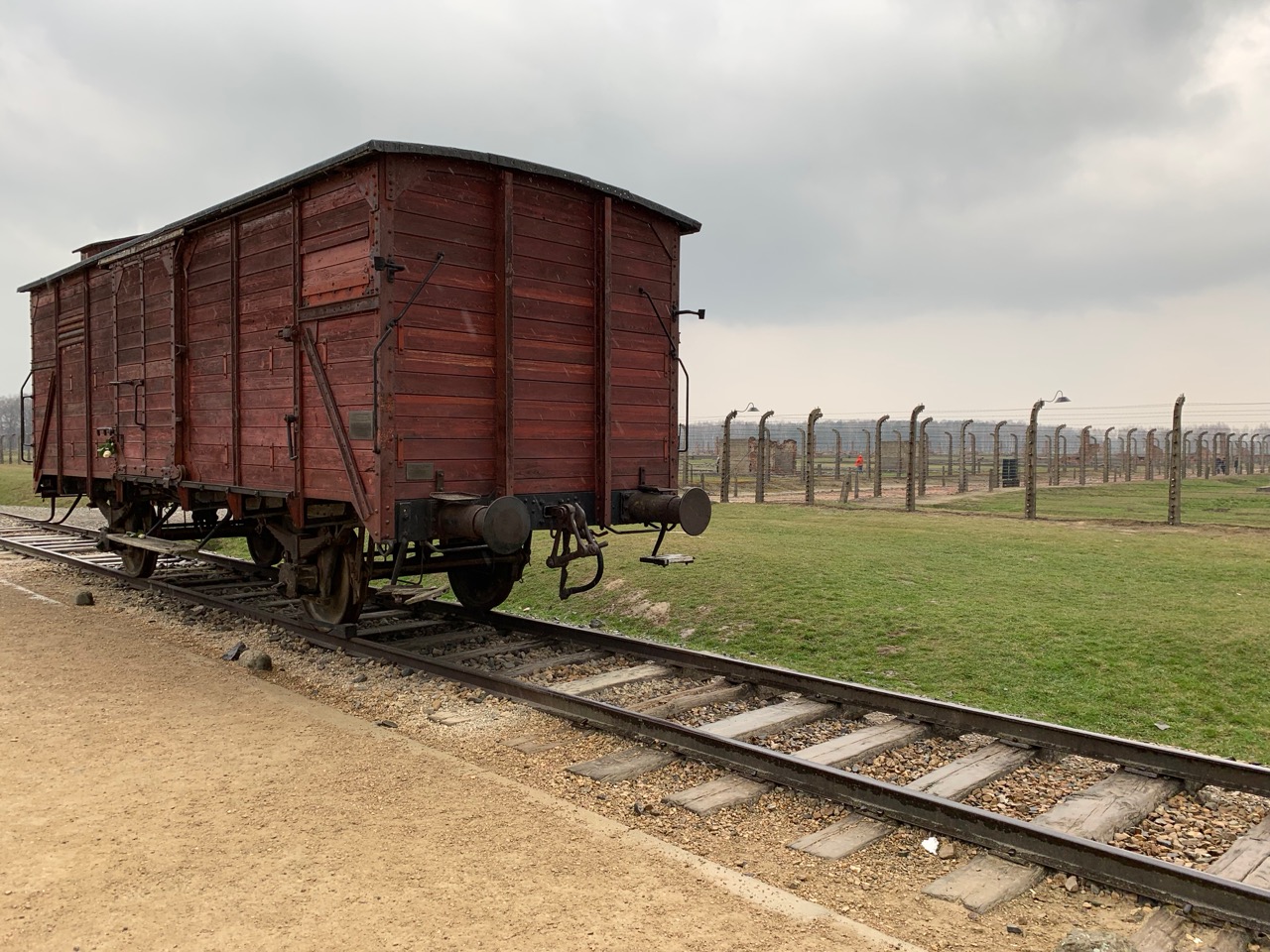
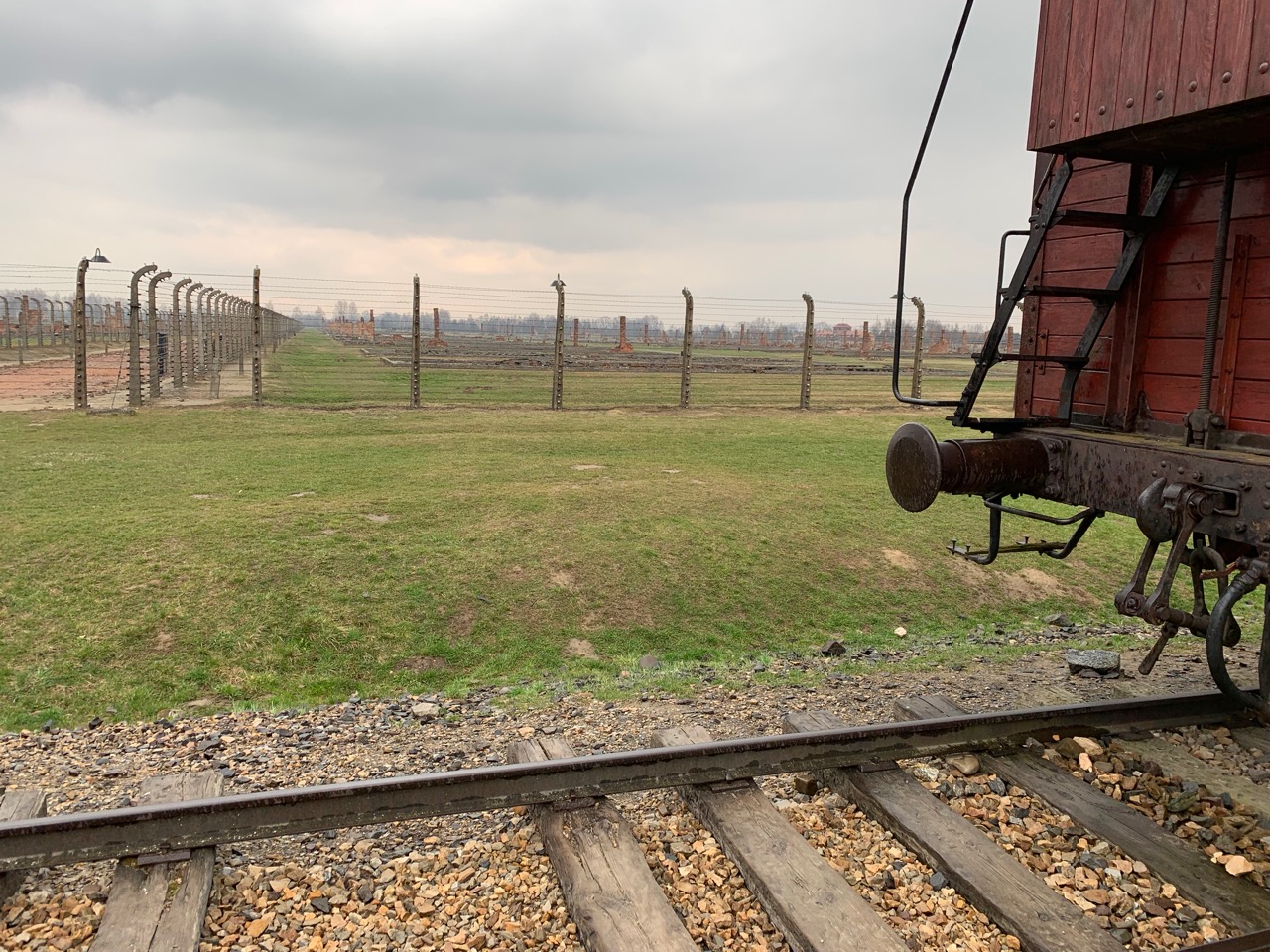
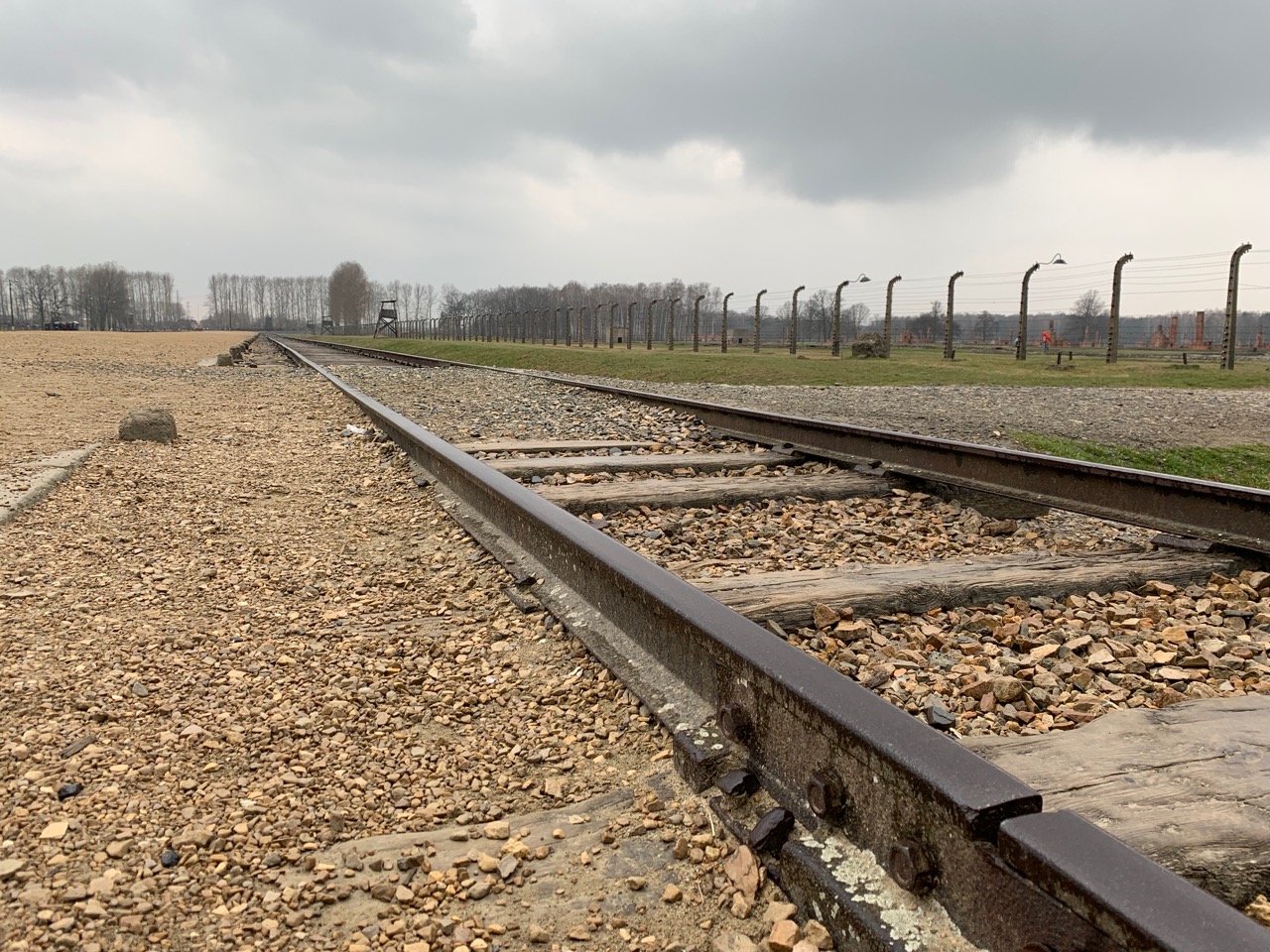
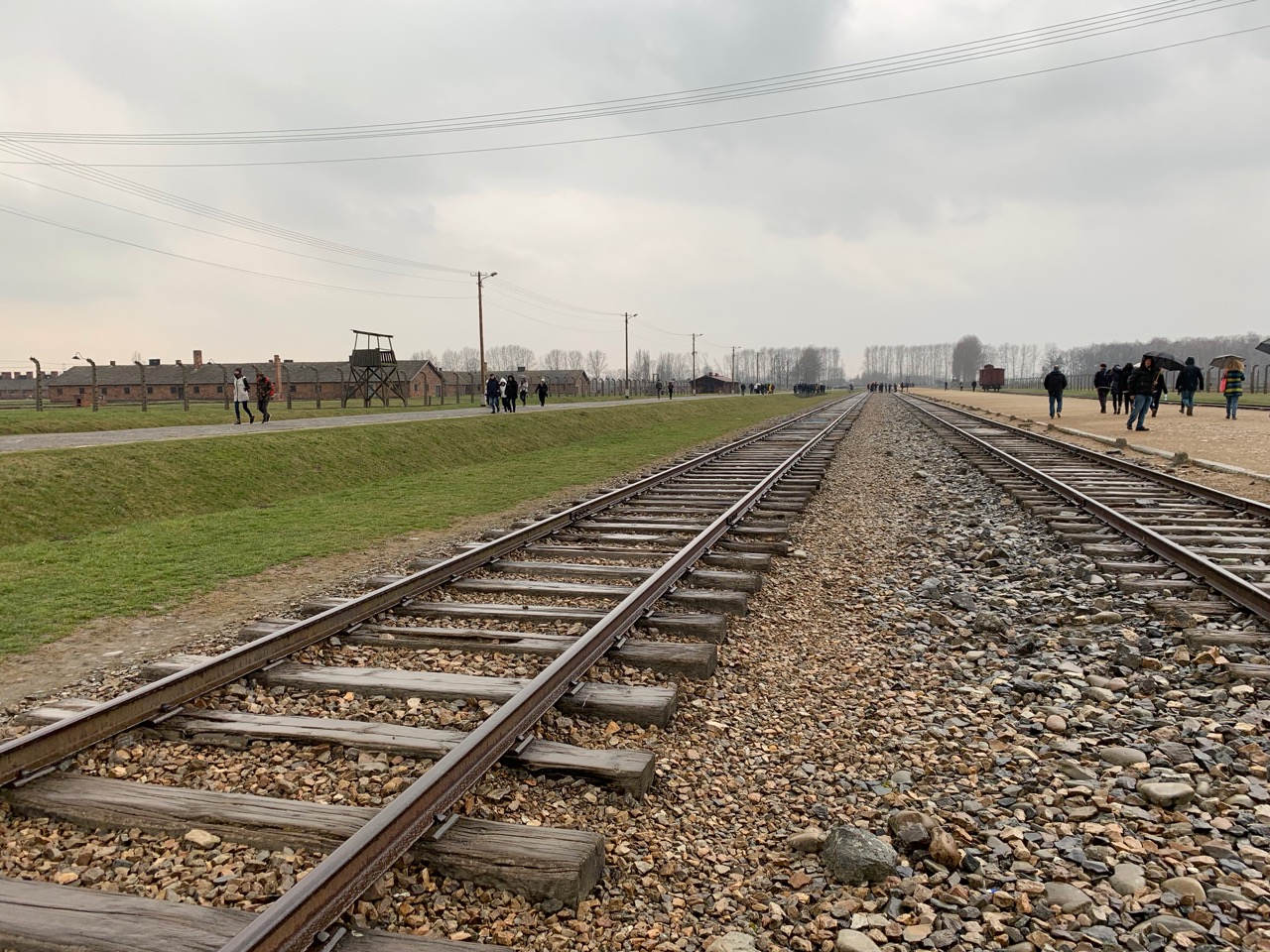

Nearby we toured a barrack and the adjacent latrines. Interestingly enough, the latrines were the center of Jewish resistance in the camps. Getting a job in the latrines was coveted because although the stench was unbearable and conditions unsanitary, the Nazis wouldn’t venture there. That autonomy gave the workers there the ability to become the center of black market communications for trade and organized resistance.
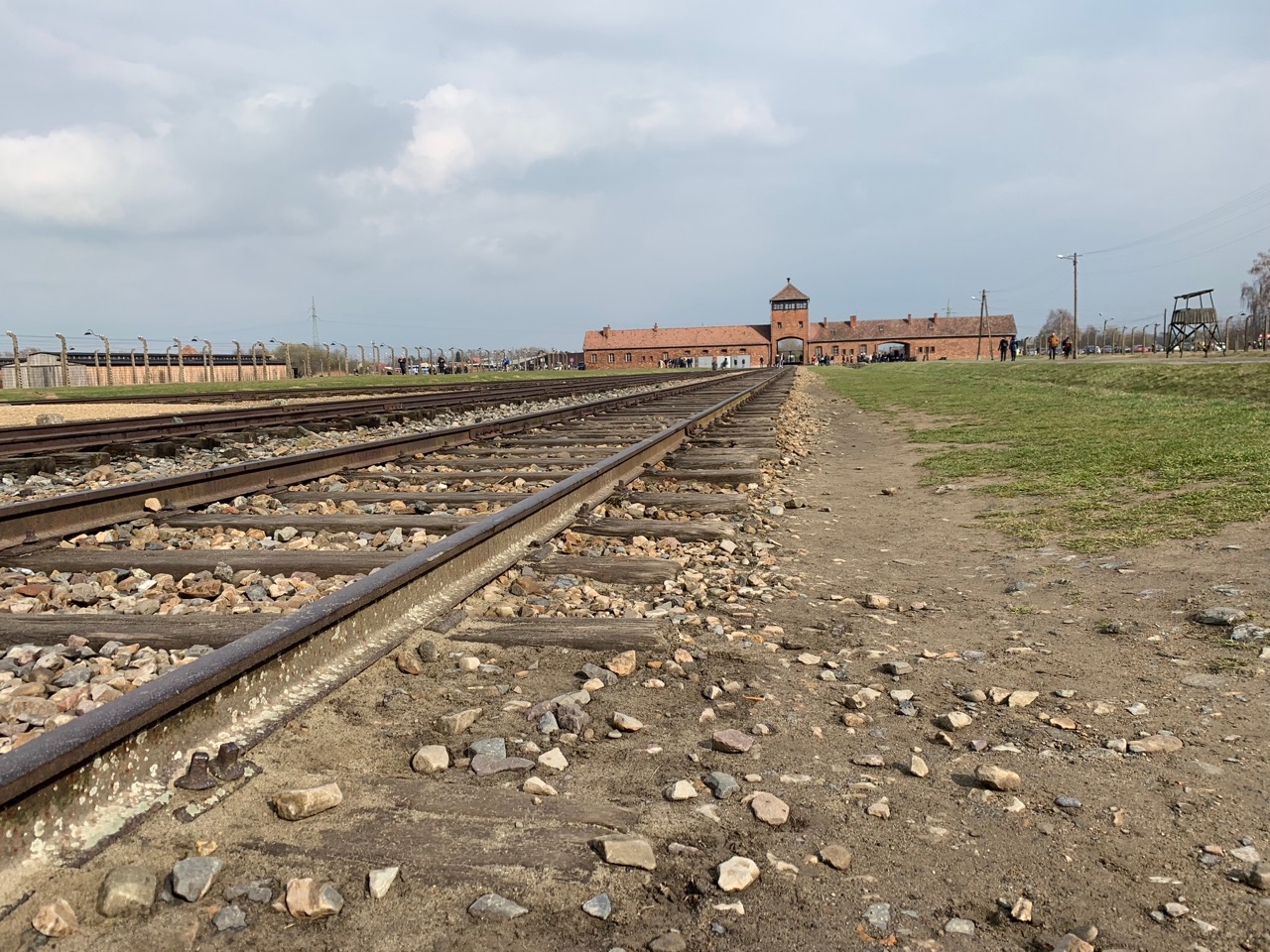
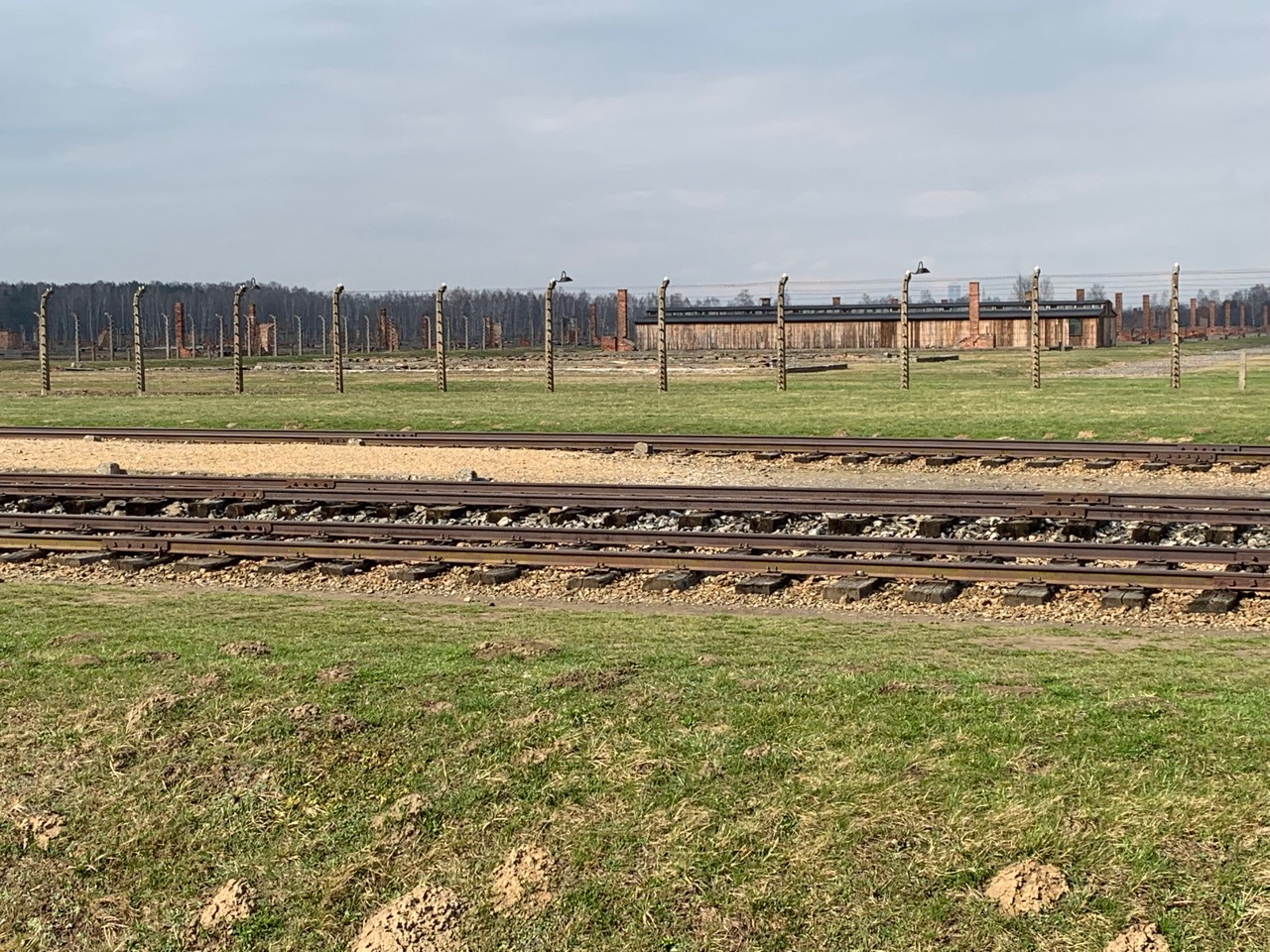

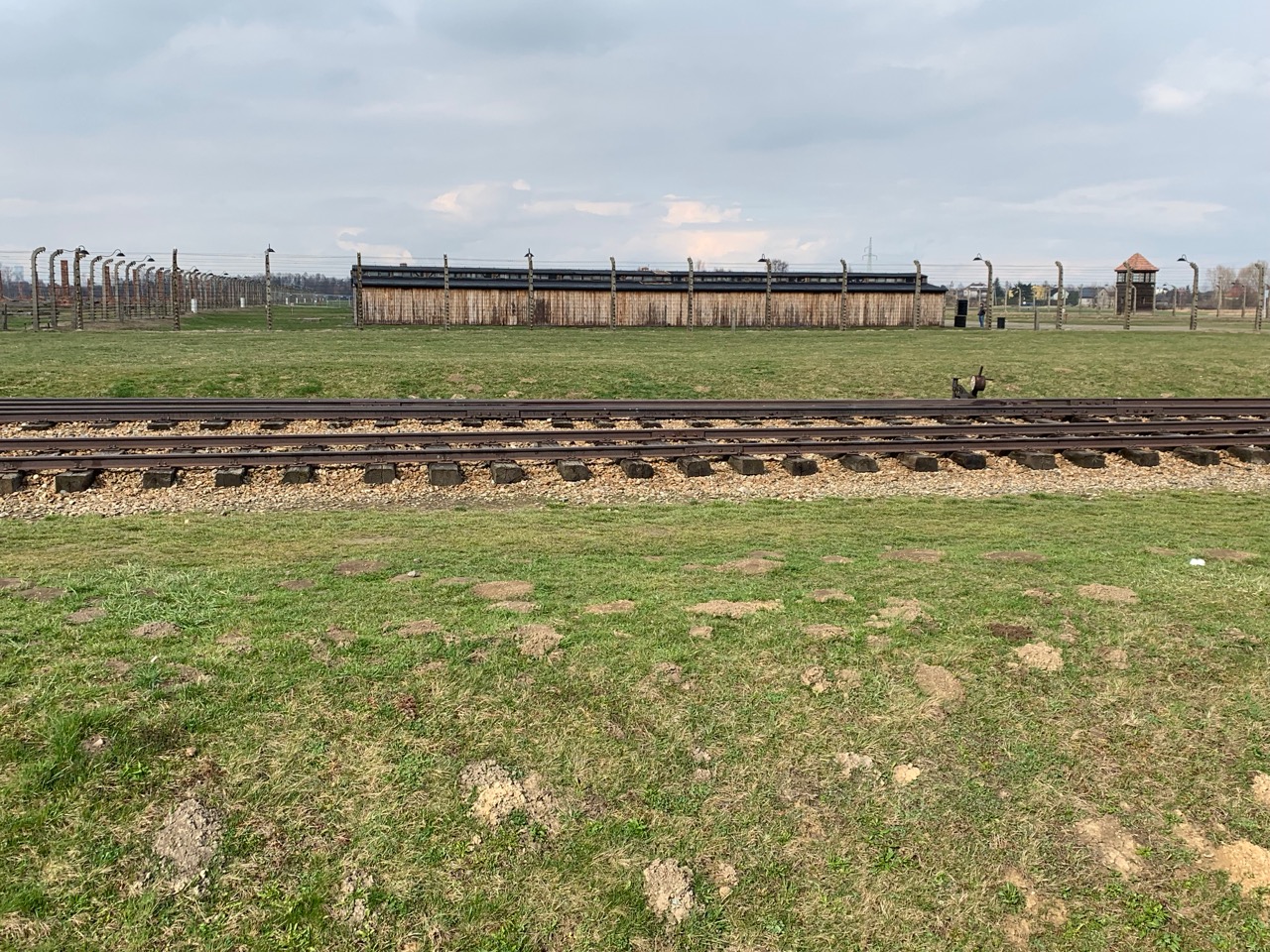

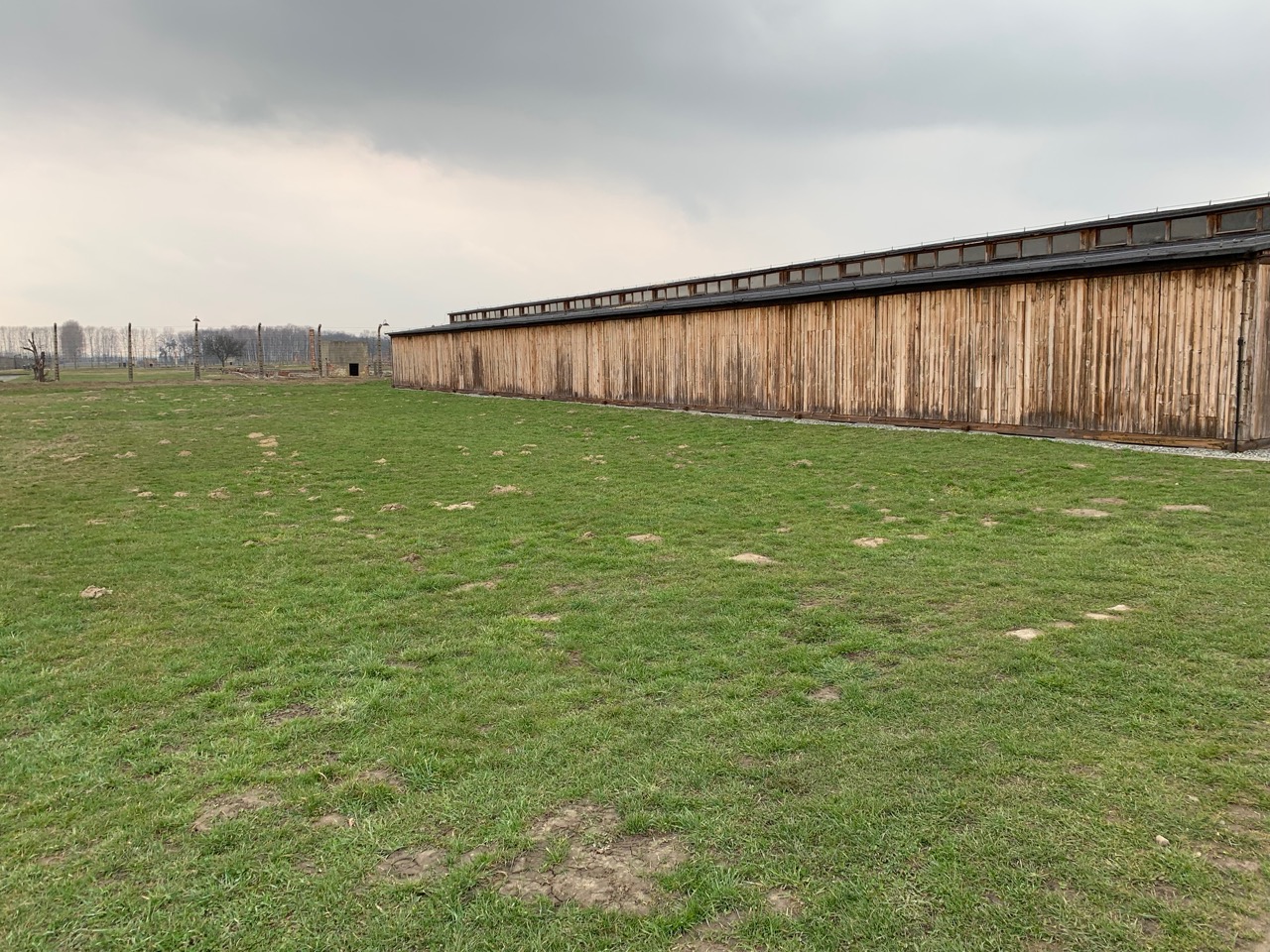

The magnitude of death and the size of both Auschwitz and Birkenau are so overwhelming you are really just numb to the horror of the place. I honestly didn’t really feel anything while I was there, except perhaps stunned, angry, and a bit nauseated seeing that mountain of hair.
That was until we came to a spot where we stood by the side of the tracks. It was a place where thousands upon thousands of Jewish passengers disembarked only to be quickly inspected and separated from each other and their belongings into two groups; those who would be processed for work and those who would be processed for death. We were told to walk the gravel road to the end, towards the remains of the destroyed gas chambers and crematoria. It was then, walking that road, I was overwhelmed with the sorrow of a million souls. Retracing those footsteps my feet became heavy, as did my heart. The drizzle intensified. Or was it my tears? I stared silently into the pit of the collapsed and sunken gas chamber at the end of the road. Death lingered there still.
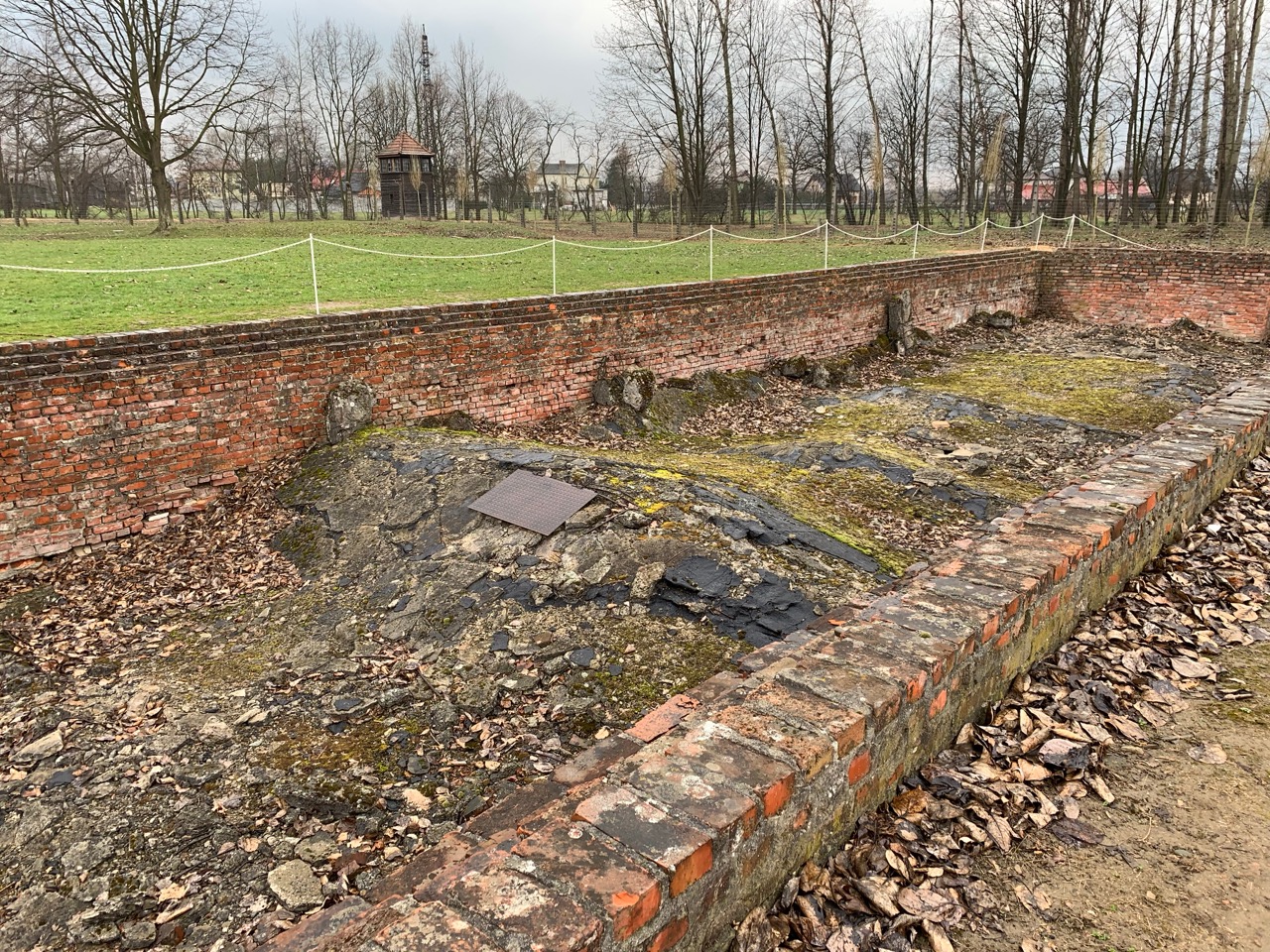


“FOR EVER LET THIS PLACE BE A CRY OF DESPAIR AND A WARNING TO HUMANITY, WHERE THE NAZIS MURDERED ABOUT ONE AND A HALF MILLION MEN, WOMEN AND CHILDREN MAINLY JEWS FROM VARIOUS COUNTRIES OF EUROPE. AUSCHWITZ-BIRKENAU 1940-1945”





Leave a comment